This is only the second time I’ve reached a significant milestone in my ongoing reviews, the magic number of one hundred. And to be clear, I’ve done one hundred film reviews, not reviewed one hundred separate film stocks. And that’s because I’ve reviewed some rebadged films; sometimes, I knew it was a rebadge and then made a point not to go after that film stock again, notability ORWO films. I reviewed the four motion picture-specific films from ORWO as their Lomography rebadge. But in the case of Fomapan 100, I reviewed that first as KosmoFoto Mono 100 and then again as Fomapan 100. Agfa AviFoto 80 has been reviewed many times under Rollei Retro 80s, Rollei RPX 25, Adox HR-50 and Adox Scala 50. So today, I will look back at the last 100 reviews and make a top list of some of my favourites, similar to what I did at the 100 camera review mark but slightly different.
Top Five Favourite Films
It’s always hard to choose just one! But in these cases these are films that are still produced and readily available. They are also ones that I will always grab when I need to get the shot! Both for my personal and professional work. And yes, these days it is mostly Ilford on the list, which is interesting because when I started reviewing film stocks, it would have been dominated by Kodak.
Ilford FP4+
When it comes to a go-to mid-speed film, Ilford FP4+ is that film. It offers up everything I look for in this speed range, with excellent tonality, great latitude, classic grain and excellent edge sharpness. I was first introduced to FP4+ when Kodak discontinued Plus-X and I wanted something similar, and FP4+ was that film, even has the classic ASA-125 box speed. It’s my goto for outdoor events, portrait work, and general photography. Plus I can use it in all my cameras from 35mm up to 4×5 and larger. And it handles any situation I throw at it when it comes to lighting, natural, artificial, high-contrast, low contrast. And you can over and under expose it and push/pull in development when the situation requires such a process. And it responds to ever developer I throw its way.
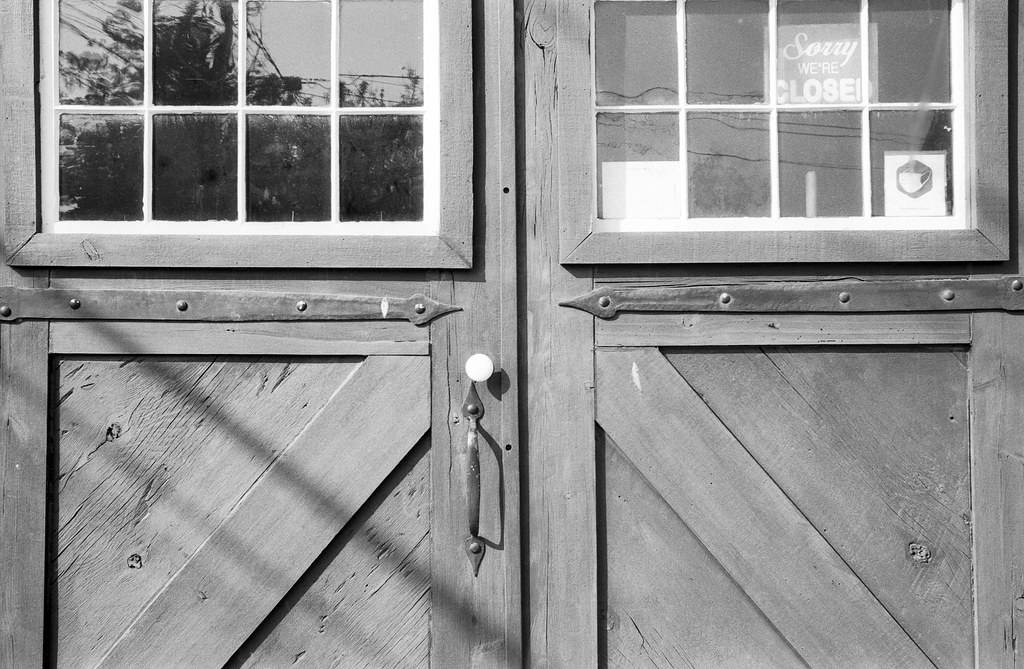
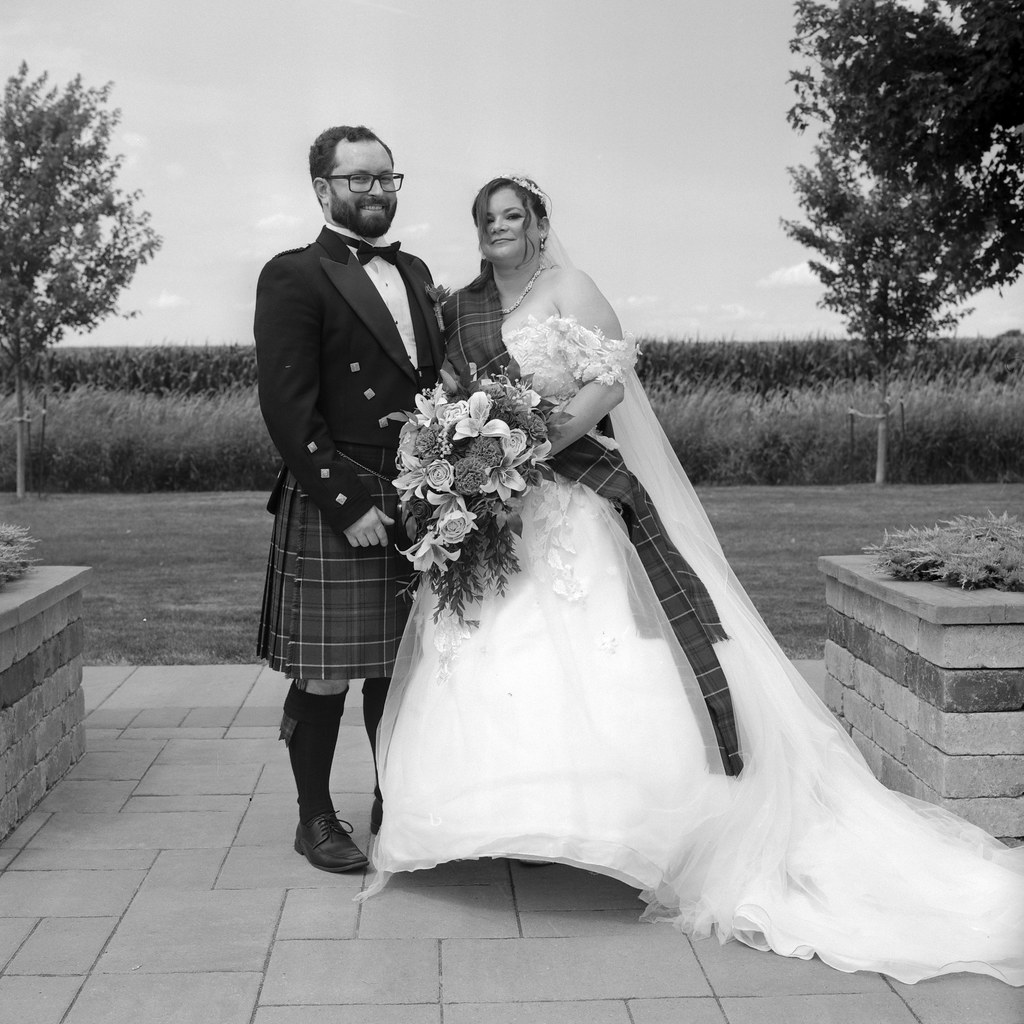


Ilford Delta 100
While of a speed similar to FP4+, Delta 100 is the one film I take when I need something that looks sharp and modern. Thanks to the contemporary emulsion, I can achieve excellent results across all the formats. I started to enjoy Delta 100 with my original review set in 2015 when I began exploring the Ilford line of films and developers. And I’m glad I did; this spot would have been filled with Tmax 100, but I needed to find something similar with the cost increases. Also, Delta 100 works well with all the developers I use. It has become the go to film stock for my lens tests along with Delta 400. Now to see if I can over-expose it to ASA-32.

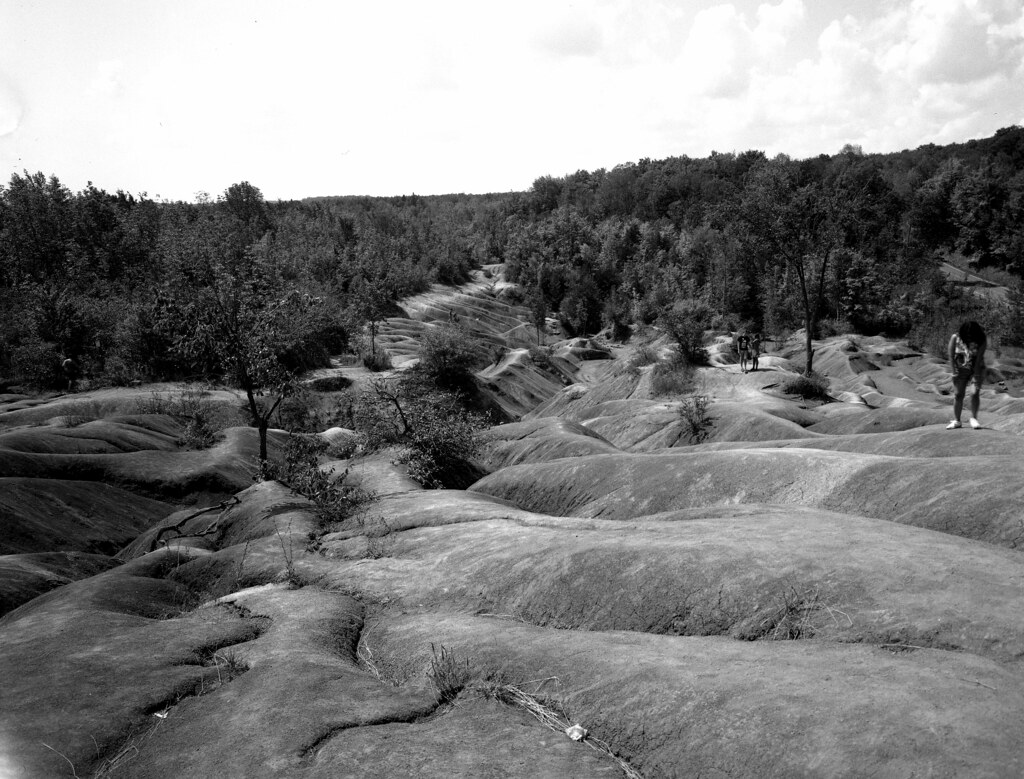
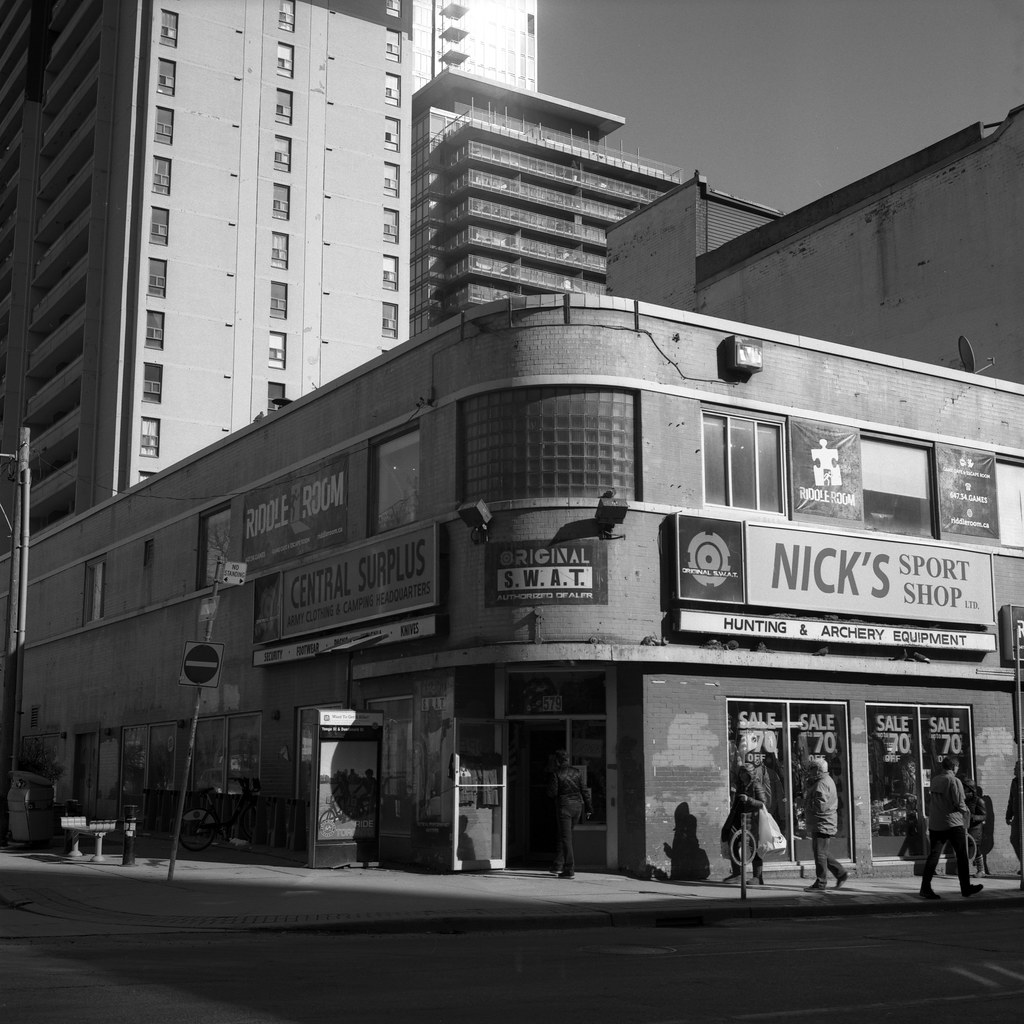

Ilford HP5+
You guessed it, another Kodak replacement. While I struggled for a while to come to love Ilford HP5+ in 35mm, I always enjoyed working with it in medium and large format. Probably my favourite combination across the board is shooting it at ASA-200 and developing it in Pyrocat-HD. But it works well in almost any developer, except Rodinal. Perfect when you need a fast shutter speed, offers up excellent latitude. Good tonality, edge sharpness, and a bit more visible grain but nothing too serious.

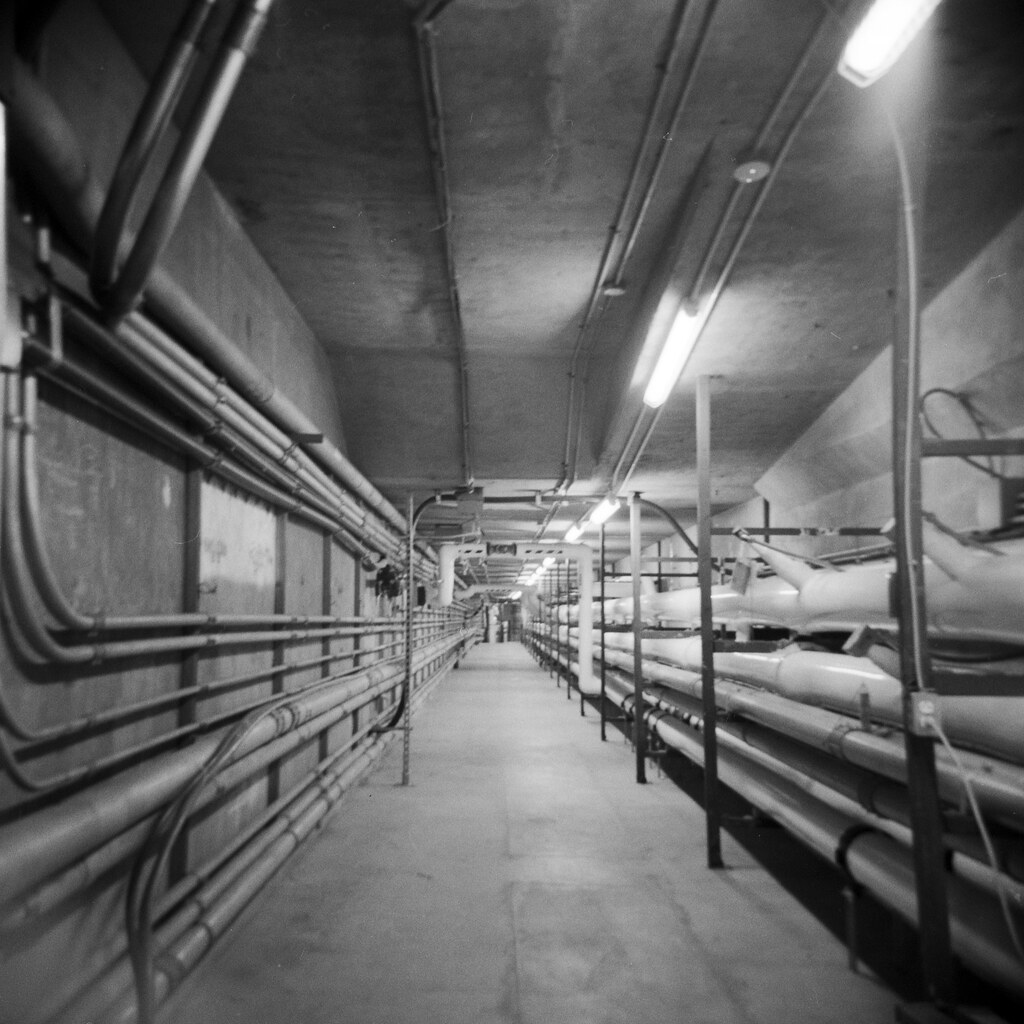


Eastman-Kodak Double-X 5222
Wait, there’s a 200-speed film that I actually enjoy working with? Well yes, because there is something incredibly special about Double-X. First there is the connection to motion pictures, Casino Royale and more recently Oppenheimer. But Double-X always delivers the goods, while not fine-grained, it has a wonderful grain structure, and a tonality that goes on for days. I use this film for street photography, general-purpose and travel. It can be developed in a lot of different developers, but it does look amazing in Kodak’s dedicated motion picture developer D-96. No matter the situation, this film will give you excellent image quality. Plus if you go through CineStill you can get Double-X in both 35mm and 120 formats.
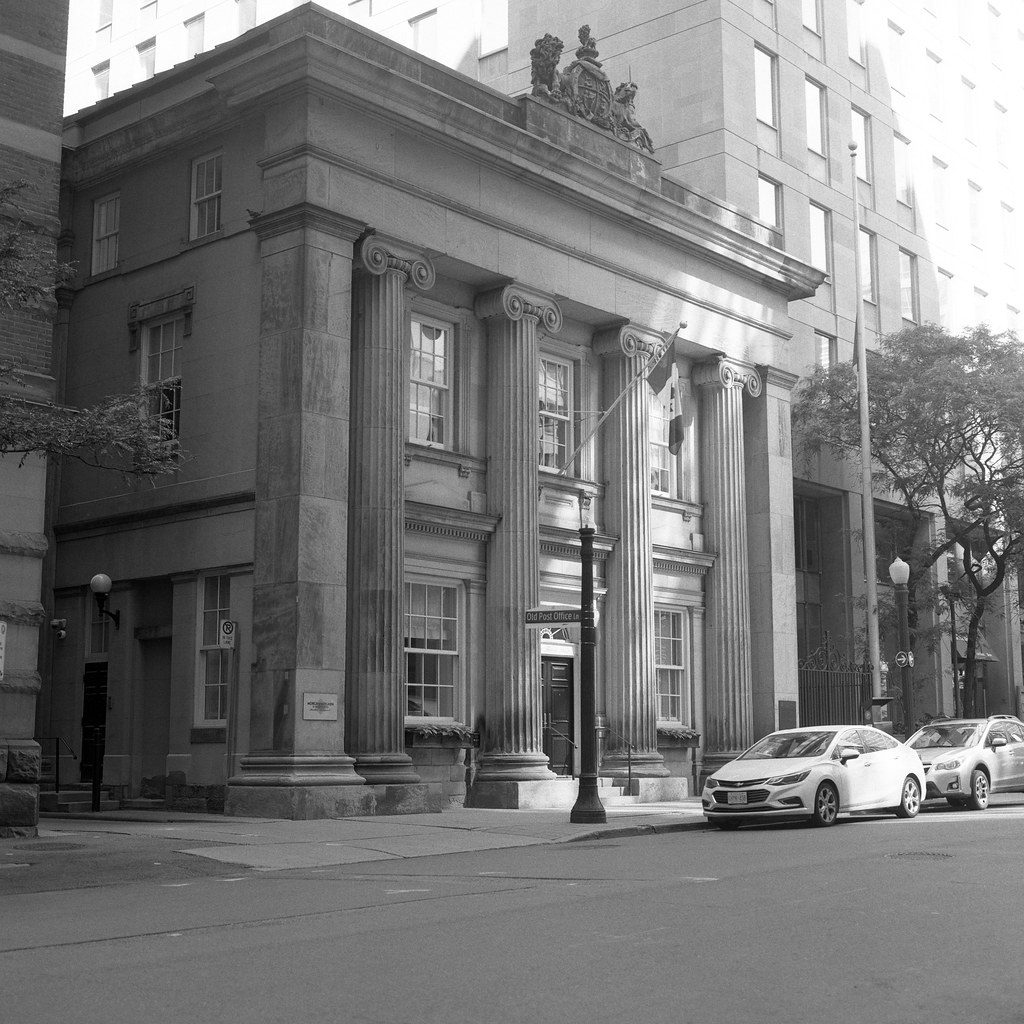

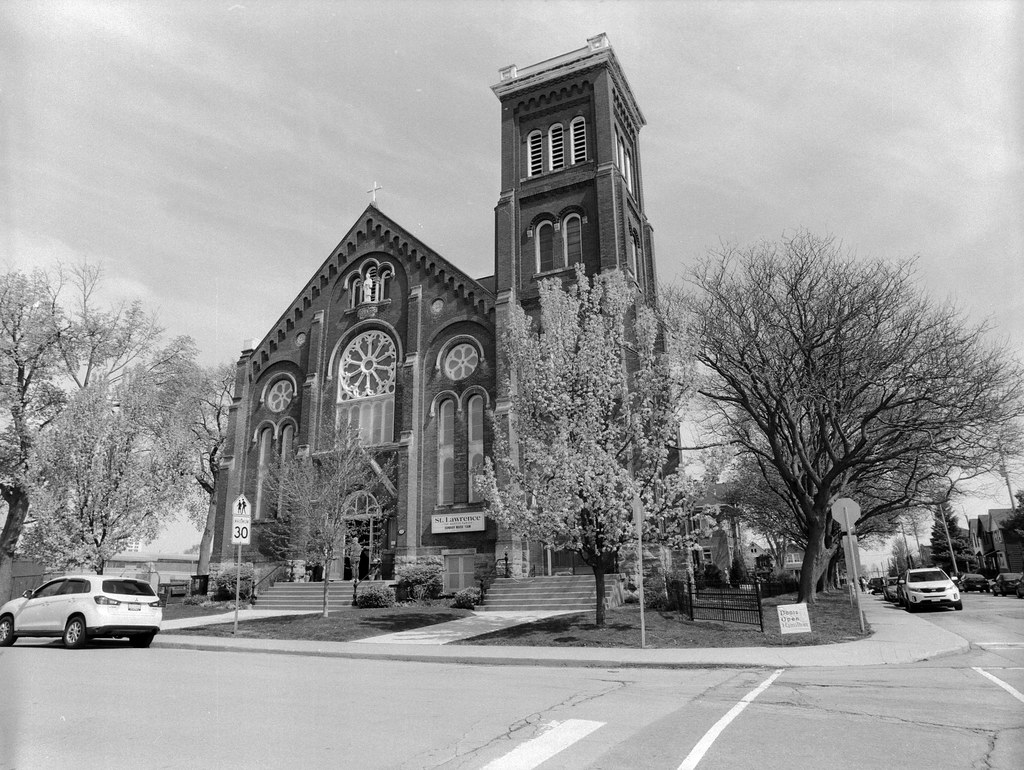

Ilford Pan F+
It’s always good to have a slow film in your toolkit. And while there are plenty of options, my go-to when things matter is Ilford Pan F+. You get a slow film with lots of contrast and latitude. Excellent edge sharpness and fine grain. Plus, you can throw it in almost any developer and get excellent results. Perfect for landscapes, portraits, and bright days. It replaces Panatomic-X a little more than TMax 100 does in my books, despite having much more contrast. And it looks good in high-contrast developers like D-19, much better than I thought it would.


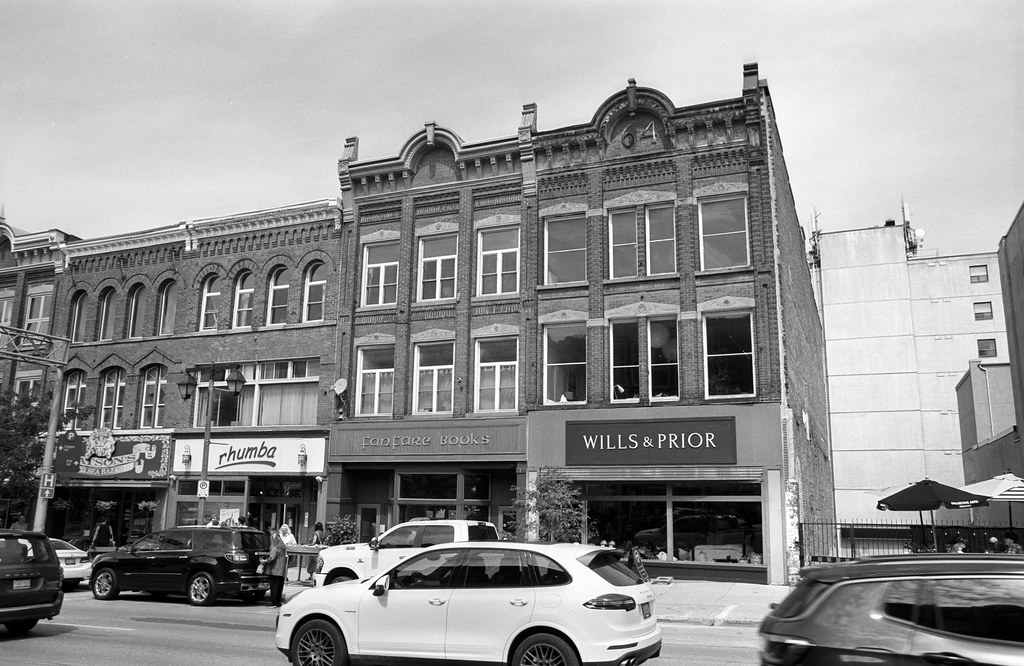

Top Five Discontinued Film Stocks
While we are lucky to have as many films out there as we do today, there are many that have been discontinued. Some recently, others before I was born. Yet I still am drawn towards a bunch of these and will purchase them when I come across them at a camera fair, store, or online.
Kodak Panatomic-X – Discontinued: 1987
By this point, you’re probably sick of me extolling the virtues of Panatomic-X. But I cannot stop; it’s such a great film and, oddly enough, one I found because I thought the name was cool. I mean, Panatomic-X, it’s so cold war! Now this film is only for some, it doesn’t have a lot of contrast natively, but that can be fixed in either post-processing or by using a strong mix of a high-contrast developer. While personally, I love the film in D-76, HC-110 (Dil. H), and Xtol. It might do well in D-19 (to boost that contrast) or drop the contrast even more with D-23. And while Panatomic-X is long gone, a few options exist to get a near experience. You can always shoot TMax 100 at ASA-32 and pull the film in development, or get your hands on CatLABS X Film 80 or Mk. II.



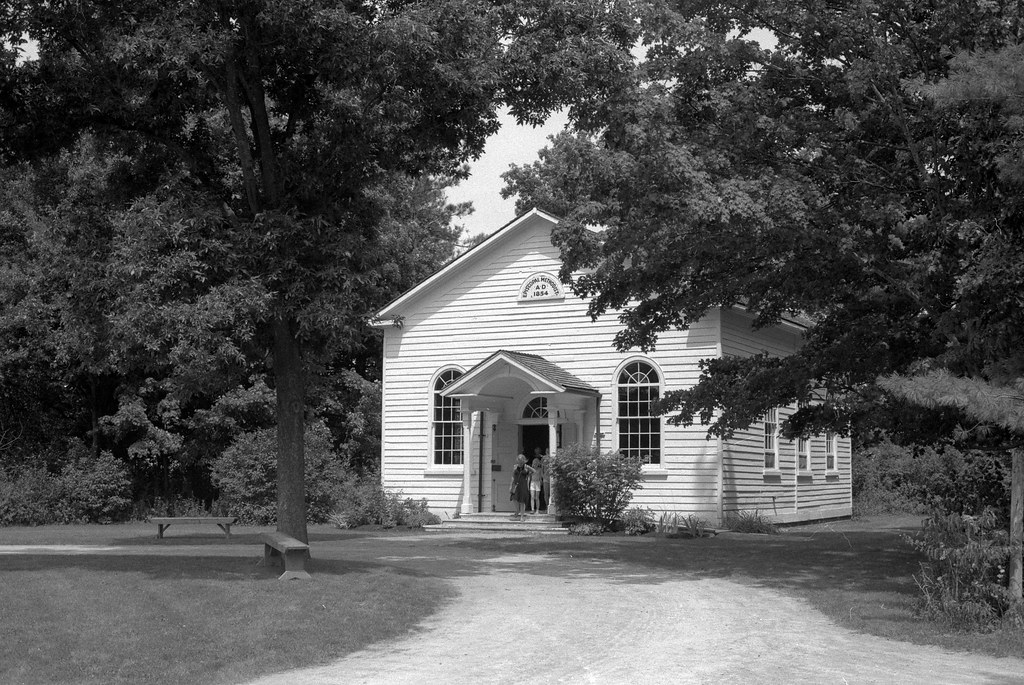
Kodak Kodachrome – Discontinued: 2002-2009
It would only be a list of discontinued films with Kodachrome. I first heard about Kodachrome through the Film Photography Project right when Kodak announced the discontinuation of the legendary film stock. I got my hands on a couple of rolls, but sadly those were poorly stored, and they showed. But I got more from Sean Galbraith, and these were in top condition, and I started to see why people love this film so much! It has rich, authentic colour reproduction. But I also had the chance to shoot Kodachrome 25 and Kodachrome 40 (Tungsten) balanced and get them out to Dwayne’s Photo before they stopped processing the film.

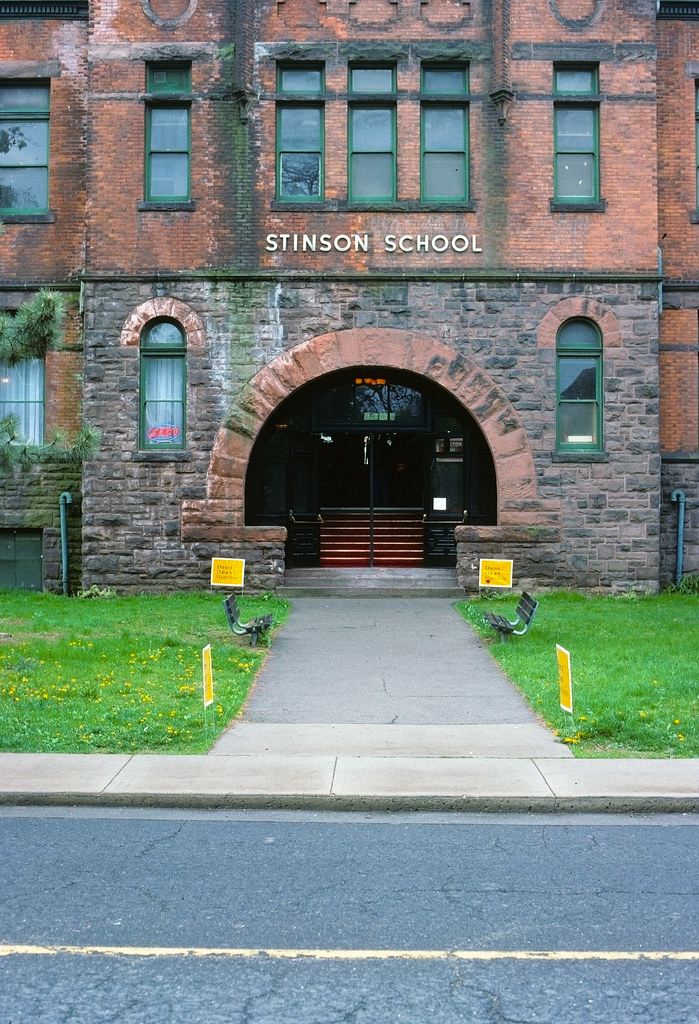
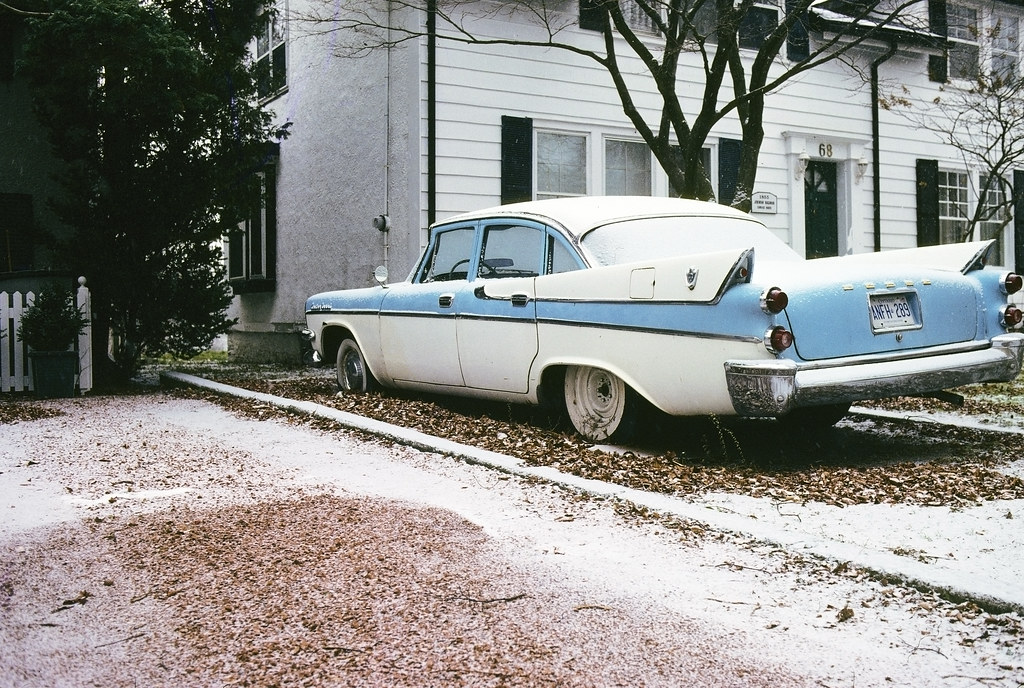

Fujifilm Astia 100F – Discontinued: 2011
Fuji often gets a bad rap for it’s constant discontinuation of films, and most of these films are slide films. Although they are noted for some colour negative and B&W stocks that people still yearn after. But of all the films that Fuji has discontinued, my favourite, oddly is a slide film. Fujifilm Astia 100F is the second slide film that I ever shot, the first is the Sensia line. But it was Astia that made me love slide film. It had the perfect balance of contrast, sharpness, and colour replication. In fact, I feel it had the most realistic colour replication of all the Fuji slide films.
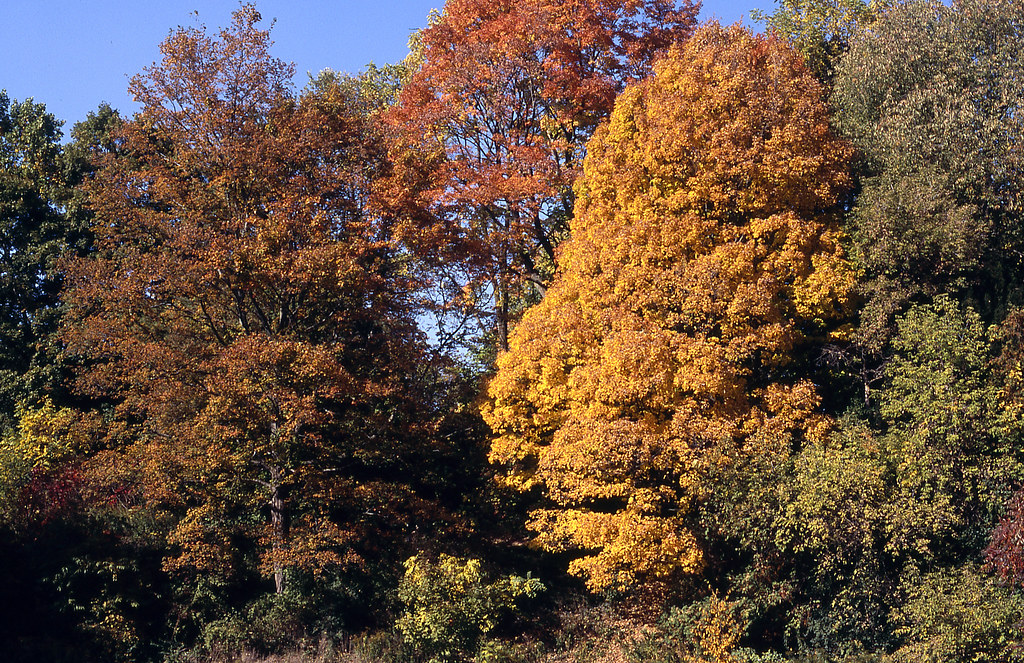


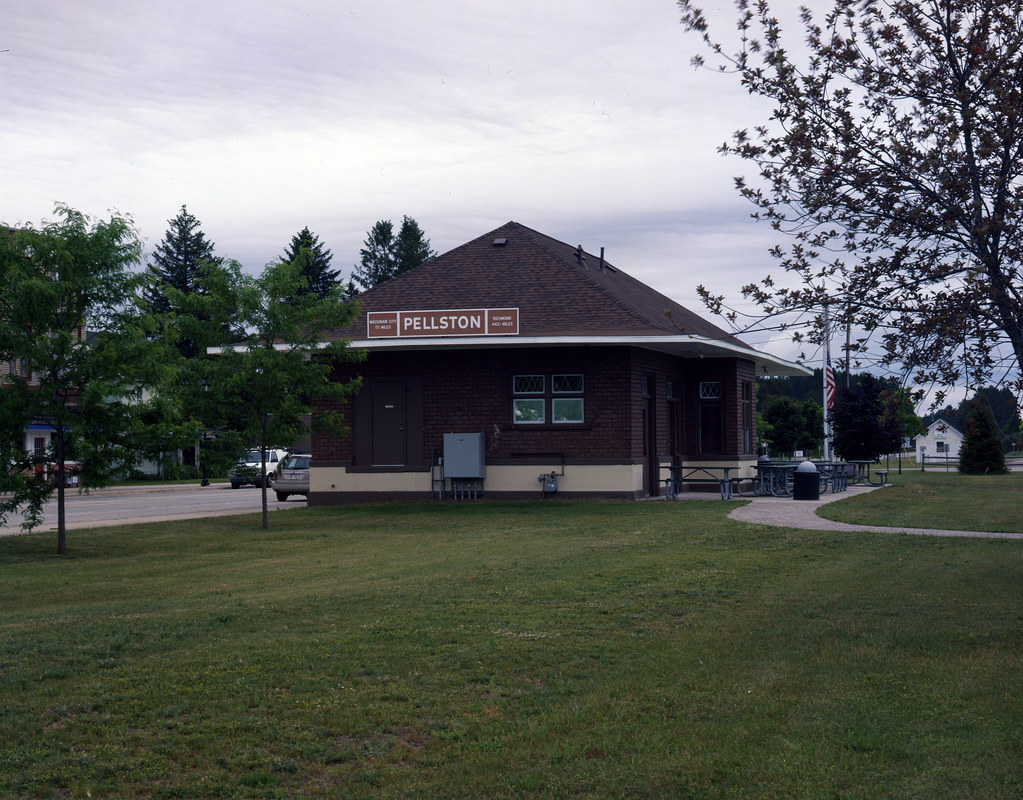
Agfa APX 25 – Discontinued: 1989-2000
I’ll admit, I had a roll of APX 25 in 120 long before I knew what the film was and used it to practice loading film onto Patterson reels in daylight. I admit that mistake, but since then, I have used this film several times, including a 120-roll. I enjoy working with slow films, and APX 25 offers excellent edge sharpness, fine grain, and fantastic tonality. While you get terrific results from Rodinal, I enjoyed using Adox FX-39 II. But I also have gotten superb results from Fotospeed FD10. I am looking forward to trying the film with Diafine and Compard R09 Spezial (Studional). I do regret not being able to develop a roll in Tetenal Neofin Blau, but you cannot make the old stock solution with the new bottles.
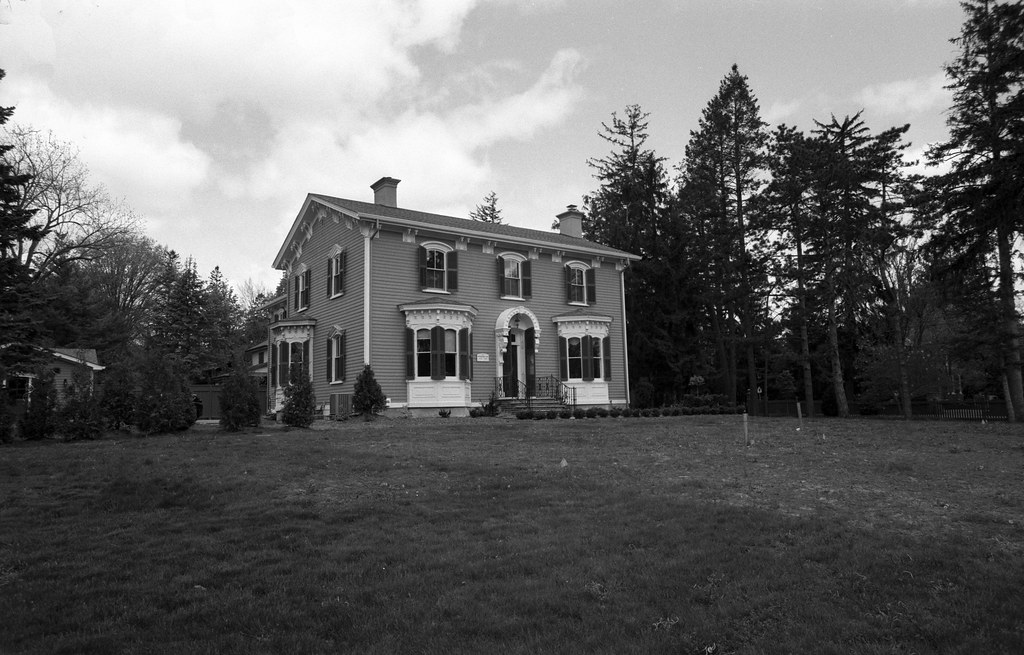
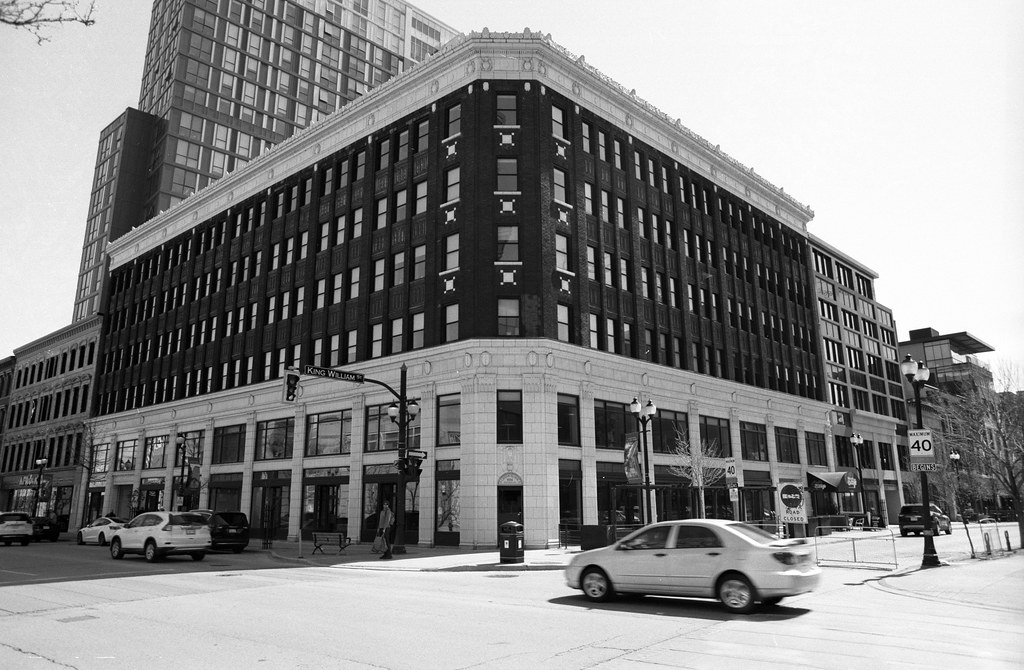

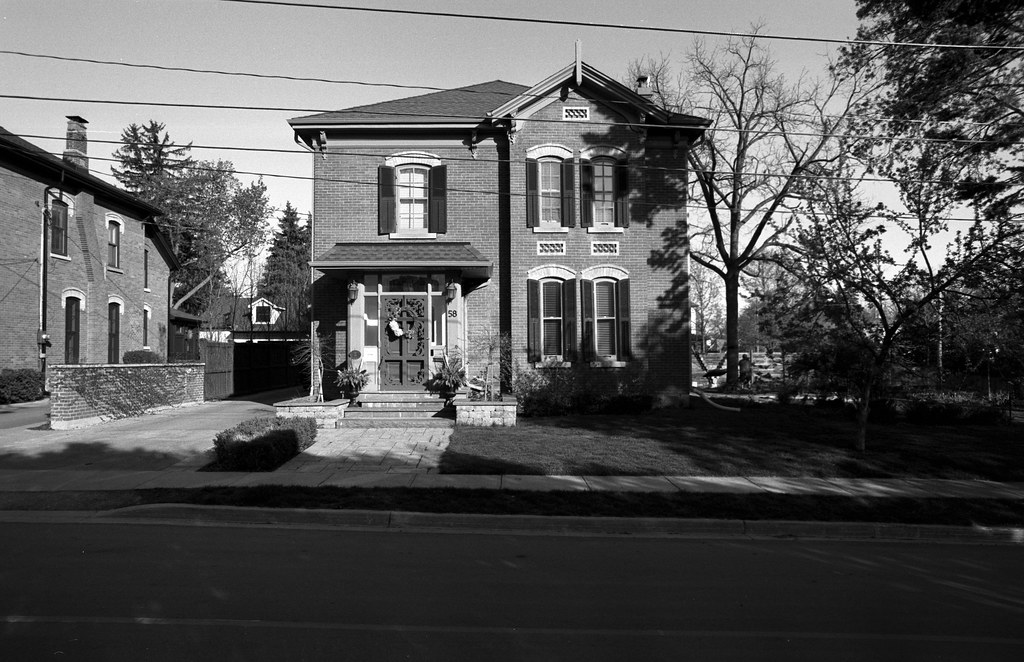
Efke Films – Discontinued: 2012
Okay, so I’m going a little weird for this last one because I’m including all Efke films in this section. While I have only done an official review (twice) for KB100 (the fastest film of the group), I have had the chance to shoot all three versions. Efke’s line of films includes ASA-25, ASA-50, and ASA-100 versions and are based on the original Adox B&W films released in the mid-20th Century. Efke got their hands on the formulas and equipment after Dupont sold it in 1972. Eventually, Fotoimpex would begin rebadging the film under the Adox name until discontinuation in 2012, when Efke could no longer maintain the equipment. After learning about Freestyle Photographic through the Film Photography Project, I first got my hands on films. I started to explore the weird world of B&W films. The films are silver rich and provide a classic look that most modern films don’t offer. However, you did need to use a water stop bath and hardening fixer to preserve these film stocks.


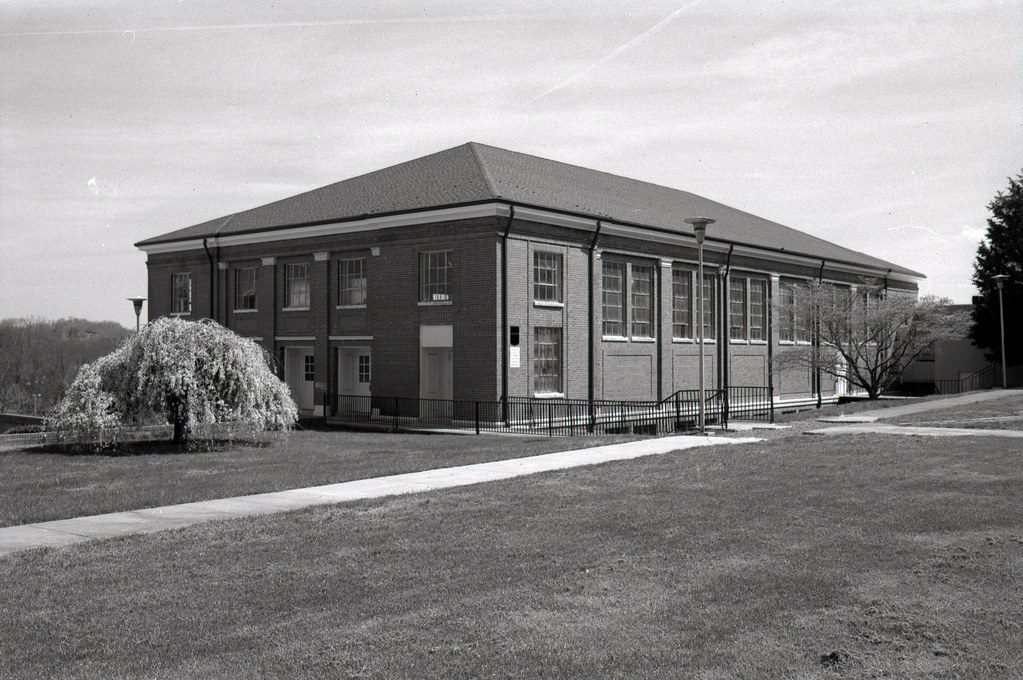
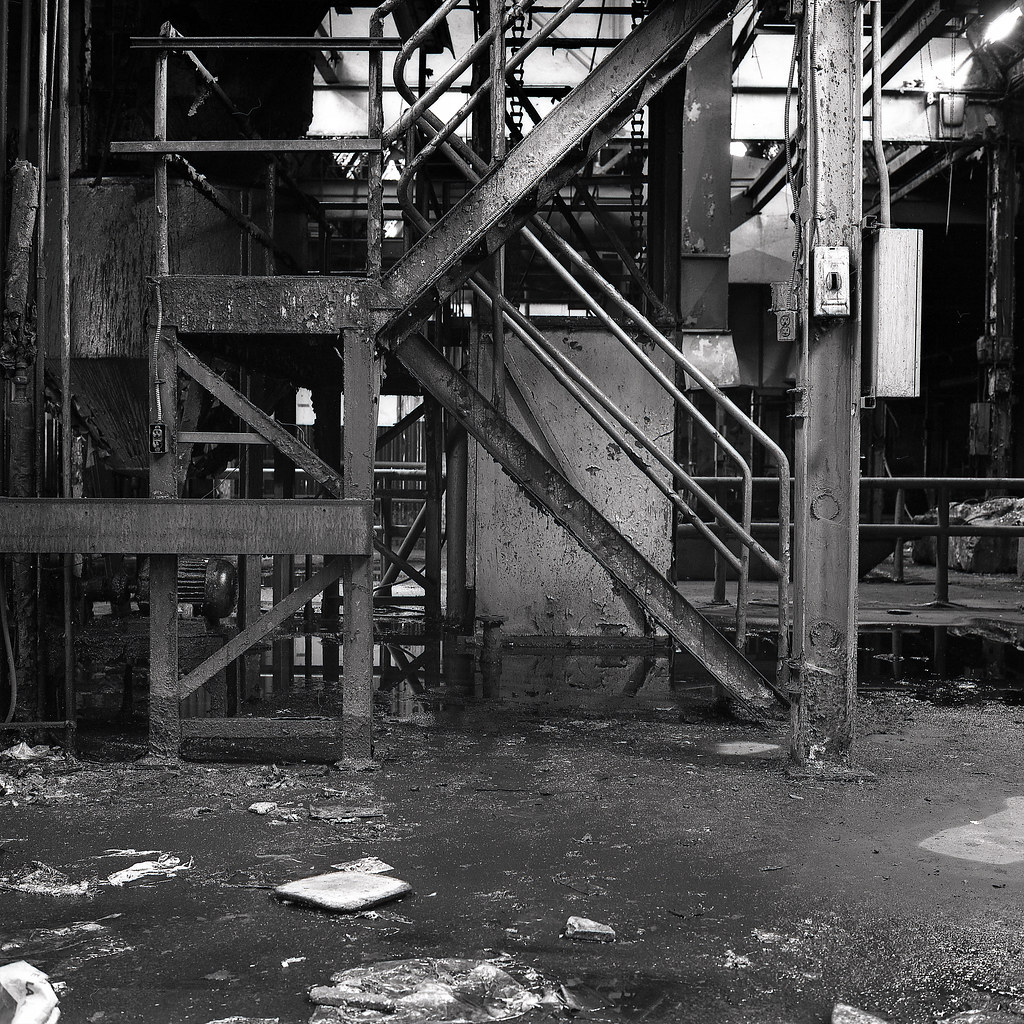

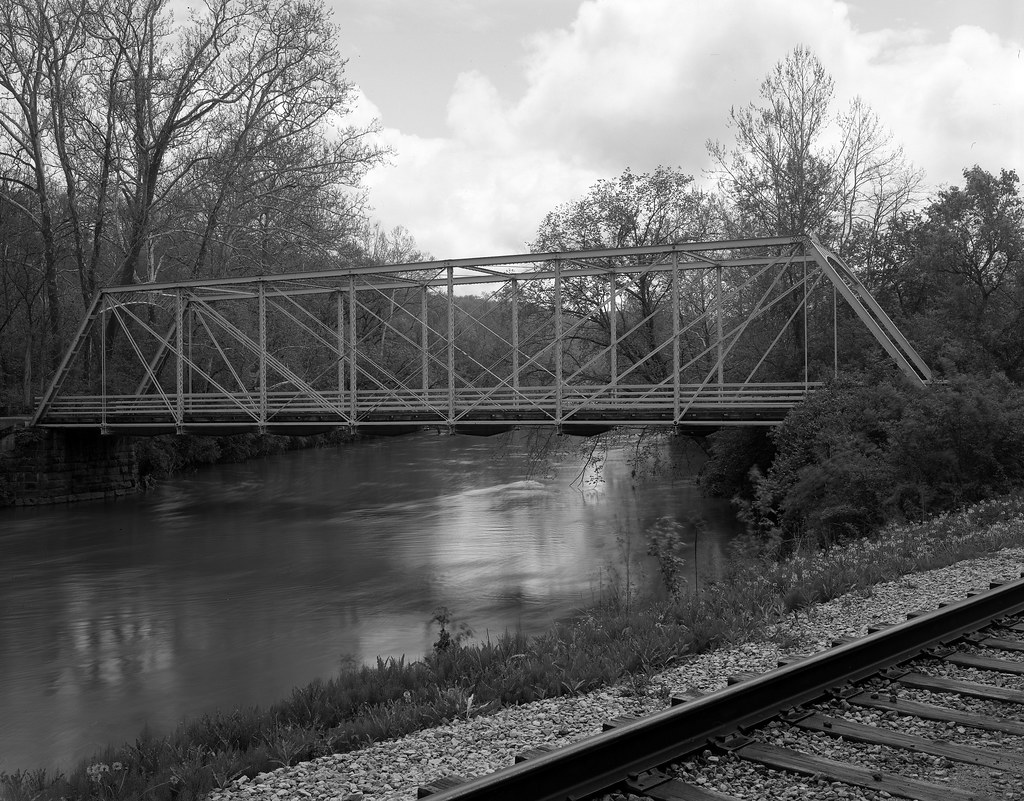
Top Five Favourite B&W Films
While these aren’t always the one I’ll reach for when results matter, they are among my favourites that I’ve shot and used. And I continue to use them when I’m feeling in a creative rut or want to get out and have some film fun and work in the black & white sphere!
Kentmere 100
Kentmere 100 is a wonderful budget film from Harman Technologies/Ilford Photo. But don’t let the budget label scare you, because Kentmere 100 is a film that hits high above its price point. Yes, it doesn’t have the finest grain out there but it has a lovely traditional grain structure. But that grain helps enhance the edge sharpness which combined with the wonderful tonal range of the film creates a delightful film that will deliver excellent results. Plus with the recent release of the film in 120 format makes it a great film that can fill out your film cataloge.


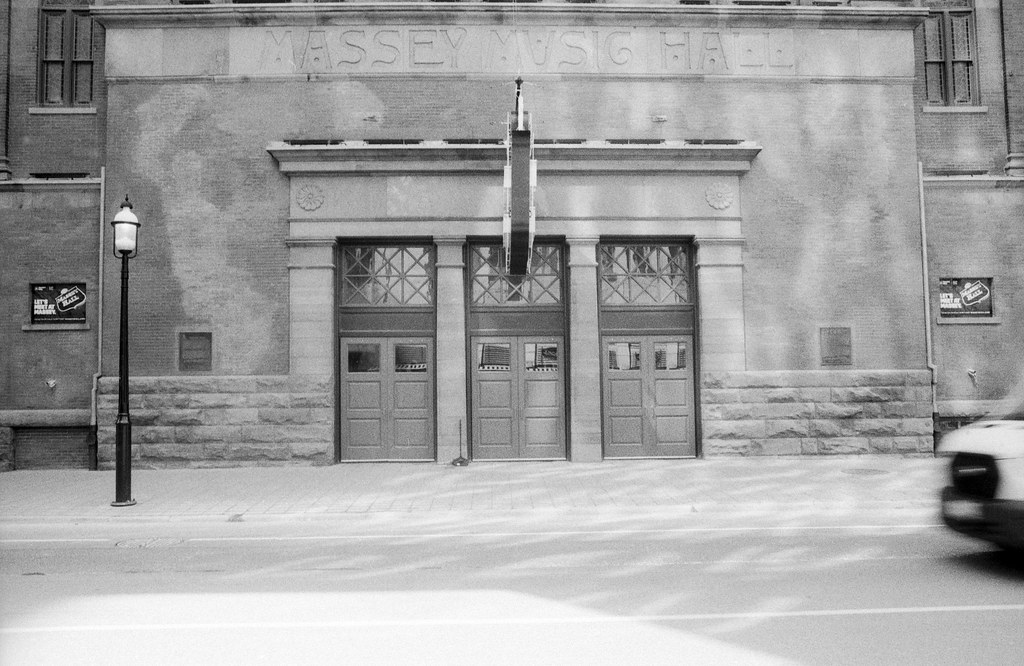

Rollei RPX 25
Based on Agfa Avifoto 80, and probably is my favourite of all the films based on this surveillance film stock. While it also works well as Adox HR-50 and makes unique transparencies as Adox Scala 50. When you get to Retro 80s, it gets far too punchy. RPX 25 is a film rated at ASA-25, has excellent near-IR sensitivity and responds well to many different light. But what makes RPX 25 a cut above the other versions? You can get this in 35mm, 120, and 4×5 sheets! While not a film you take out all the time with a slow ASA-25 speed, it is a film for sunny days.




Adox CHS 100 II
The return of the classic! CHS 100 II is a reformulated and reintroduced version of Efke KB100, which is based on an original Adox film stock. CHS 100 II is similar to the original one but has a more robust emulsion and has a bit more latitude. It offers up an old school look with a bit more grain than modern 100-speed films. The one thing I did notice with this film is that it doesn’t do well in high-contrast conditions, you’ll loose a lot of shadow detail. So you can probably shoot it at ASA-80 or ASA-64 to help open up those shadows when you develop, don’t pull in development. You can get this in 35mm and 4×5, although I would love to see Adox bring it back in the 120 format. While you can use this with any developer, for the best results I recommend Adox FX-39 II.

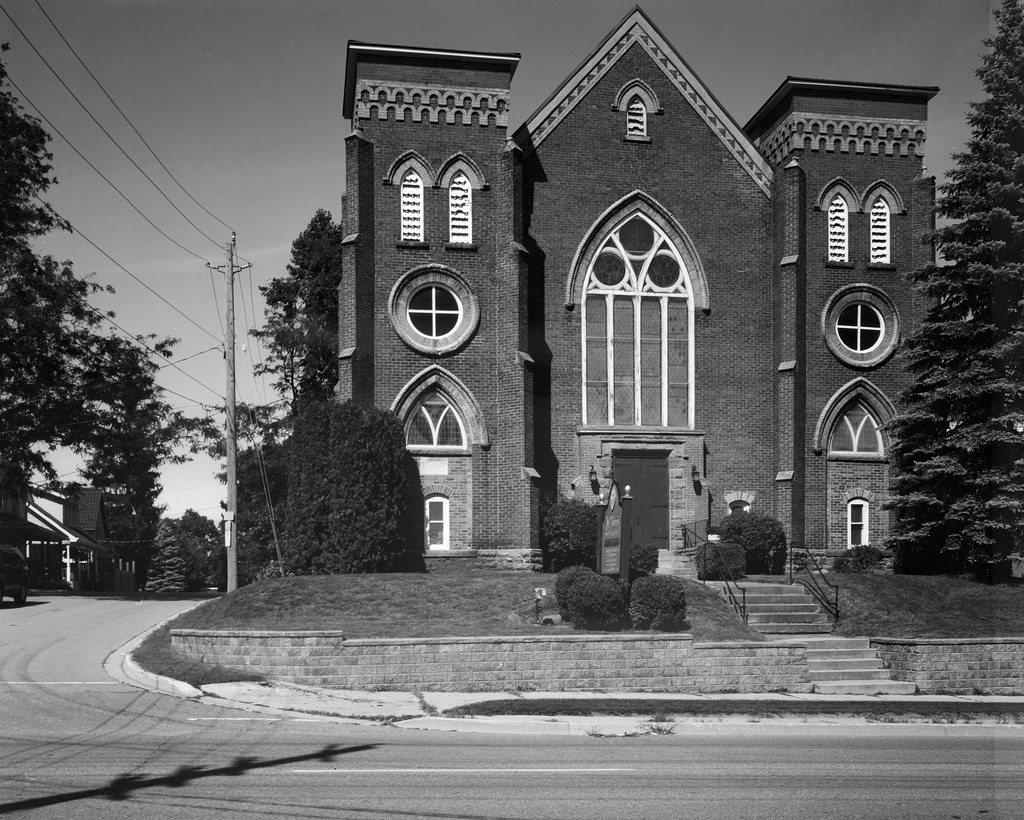

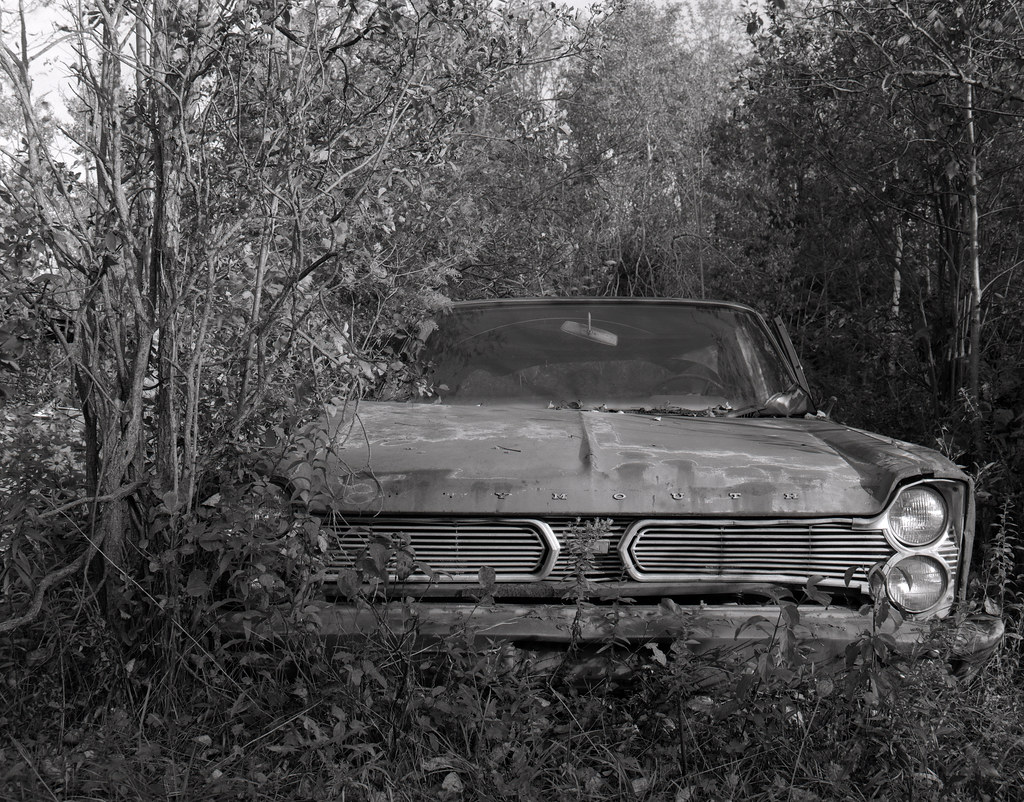
ORWO UN54+ (Lomography Potsdam)
ORWO is a strange company these days. While tracing itself to the original Agfa company and then reformed on the eastern side of the iron curtain. The company’s current iteration has been in hot water of late, especially the owner. All that aside, UN54+ is a beautiful film with tonnes of tonality, fine grain and excellent sharpness. Plus, if you get it from Lomography, you can order it in 35mm and 120. It loves D96 and handles other developers well. But honestly, for best results, a Pyro developer or D96, and you’ll be happy.
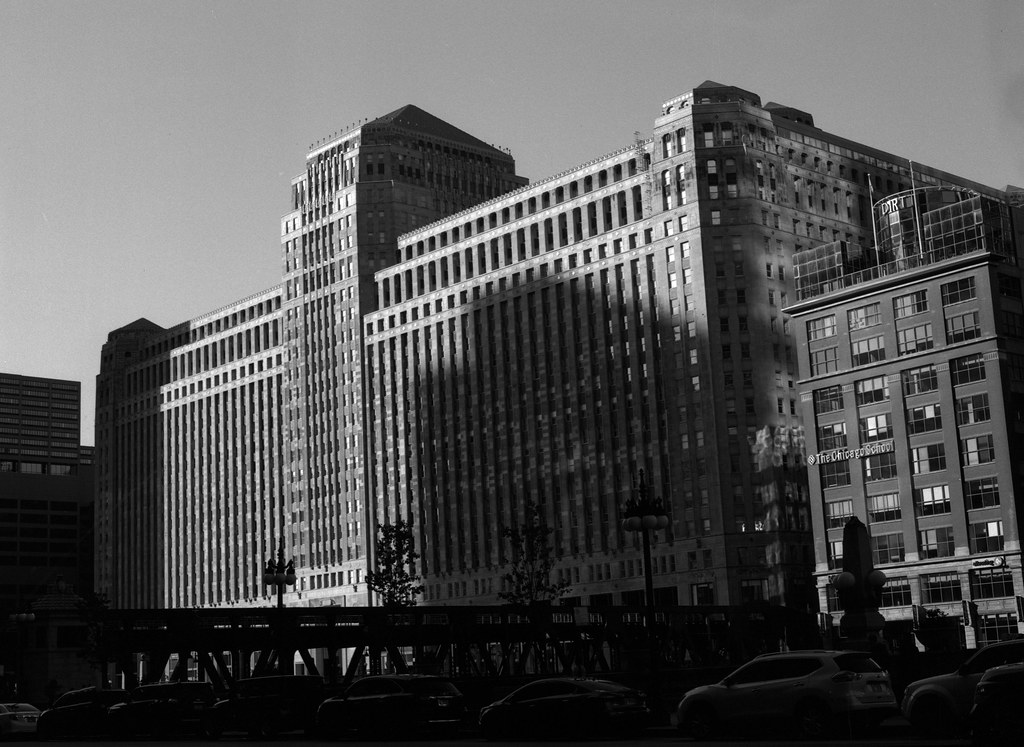
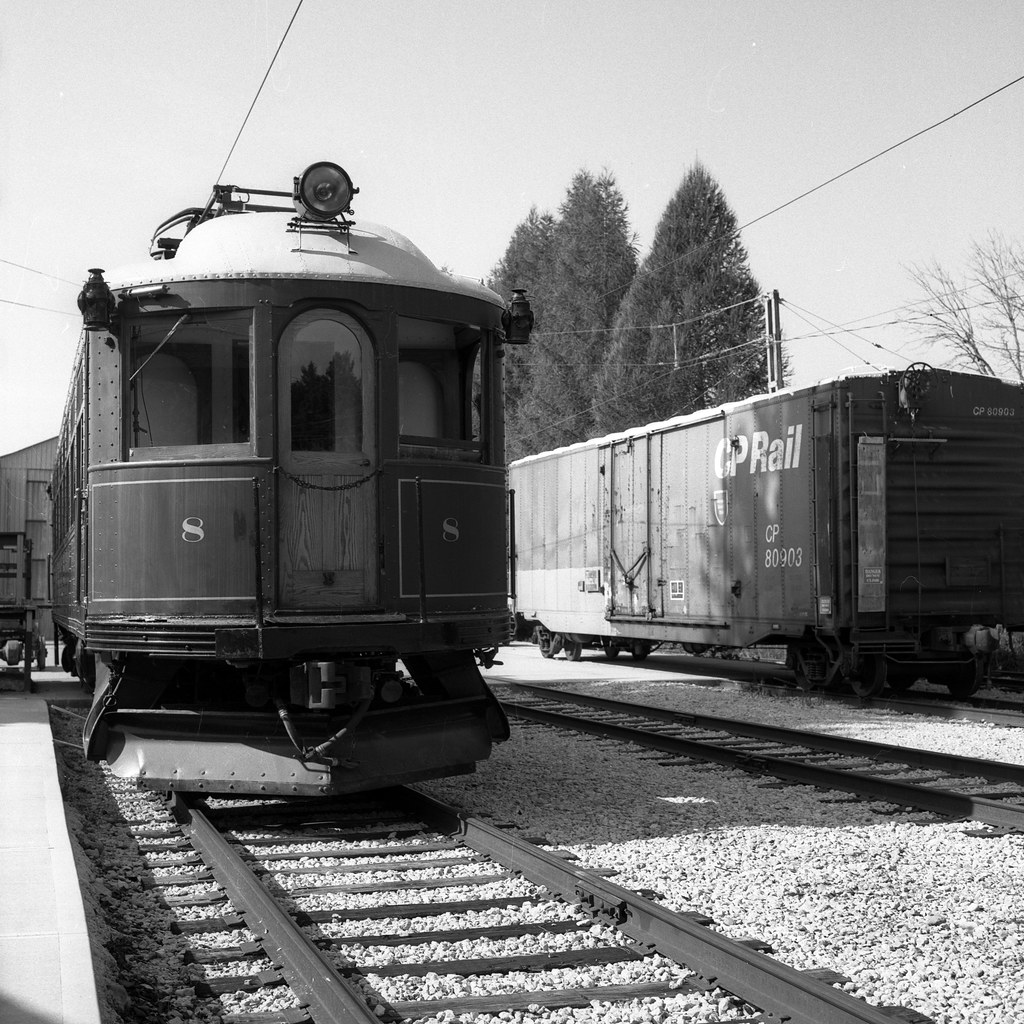

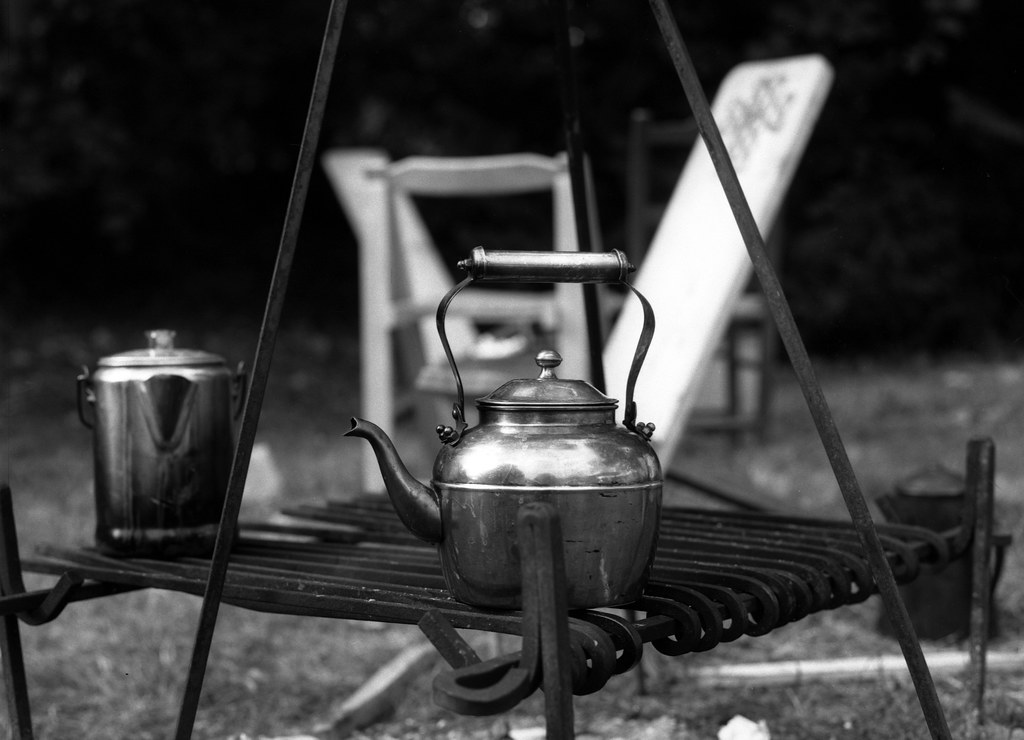
Fomapan 100
Along the same lines as Kentmere 100, Fomapan 100 is an excellent budget film. But it has a look that’s different from Kentmere 100, its a classic film with a classic look. It has an excellent edge sharpness, but is a little more fine-grain than Kentmere 100 but it also depends on how you develop the film. It has a good tonality, but can get pretty crunchy under high-contrast situations. Plus you can get this film under multiple boutique and budget brands. So even if you cannot get the Foma branded stuff, there are plenty of other ways to get your hands on the stock. Fomapan 100 is also avaliable in 35mm, 120, and sheet films.




Top Five Favourite Colour Films (C-41 & E-6)
I don’t shoot a lot of colour film, I find it difficult to scan and getting it processed is a bit of a drag. I can and have processed colour at home, but because the kits last for several rolls I usually will wait until I have a huge backlog then spend the next couple of evenings running everything through. If I take it to the lab I’m looking at at least a week turn around if I can take the time to drop the rolls off. And colour slide is still a mail out process. Plus, colour film is not the cheapest way to shoot film these days. But these are some of my favourite colour films I’ve reviewed.
Kodak Ektachrome E100
Regarding slide film, I have always been more of a Fujifilm shooter. But with Fujifilm cutting or reducing the production of many of their E-6 films, the reintroduction of Ektachrome E100 made me sit up and look. I have shot plenty of Ektachrome, including E100G and E100VS. So when Kodak said that the new E100 would take the best of both those film stocks, I was excited. I don’t see myself using this again due to increased prices and the struggle to shoot enough to make it worthwhile for an E-6 kit or to send it out to a lab and have a good month’s turnaround. I will recommend this to someone wanting to start shooting slide films. It’s forgiving for a slide with decent latitude and has a beautiful rich colour replication and excellent edge-sharpness. Plus it looks fun when cross-processed using the ECN-2 process.



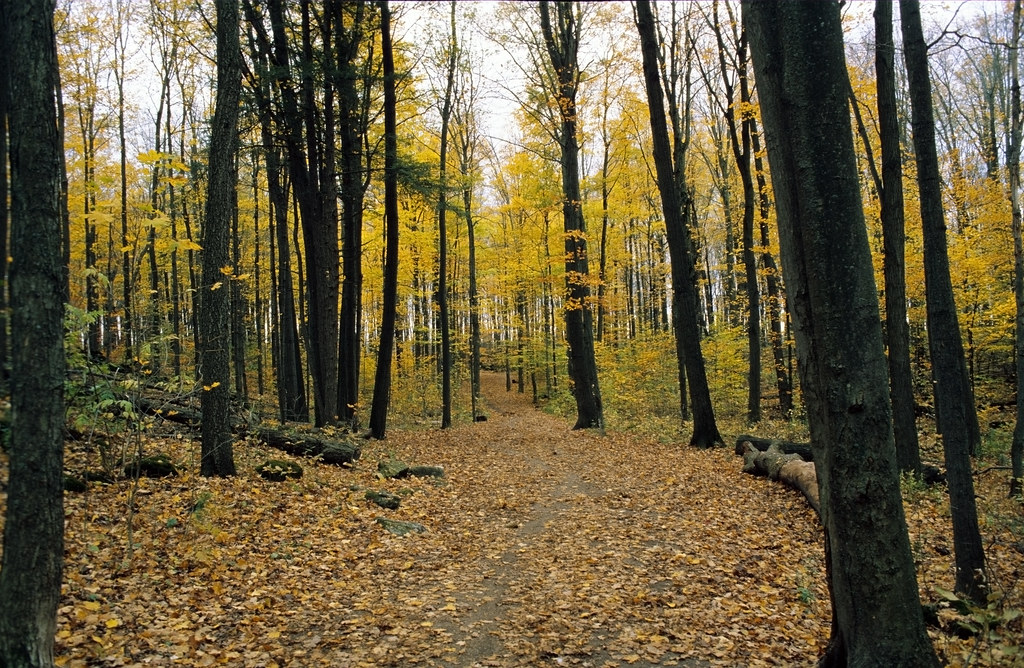
Kodak Portra 400
Okay, I don’t shoot a lot of Portra anymore; the biggest reason it is hard to find is that everyone wants to shoot Portra 400. The second is that it costs so much money when you find it; I tend to leave it for those who live and breathe nothing but Portra 400. Yet, this is probably the most accessible professional film for the average photographer, especially for those who are moving to film from digital. Portra 400 is a film you can abuse and shoot almost like your digital camera, adjusting the sensitivity between shots and then processing it normally. While it doesn’t have as wide a range as digital, you can shoot Portra 400 between 100 and 1600 without pushing and pulling during processing. The colours will change depending on the EI and processing, but generally, they are pleasing. More pastel and soft with over-exposure and punching with under-exposure, and relatively accurate when shot at the box speed. It’s a good film, one I would use for jobs where the client insisted on colour film but not for everyday shooting; for that, I would go with Ultramax 400.
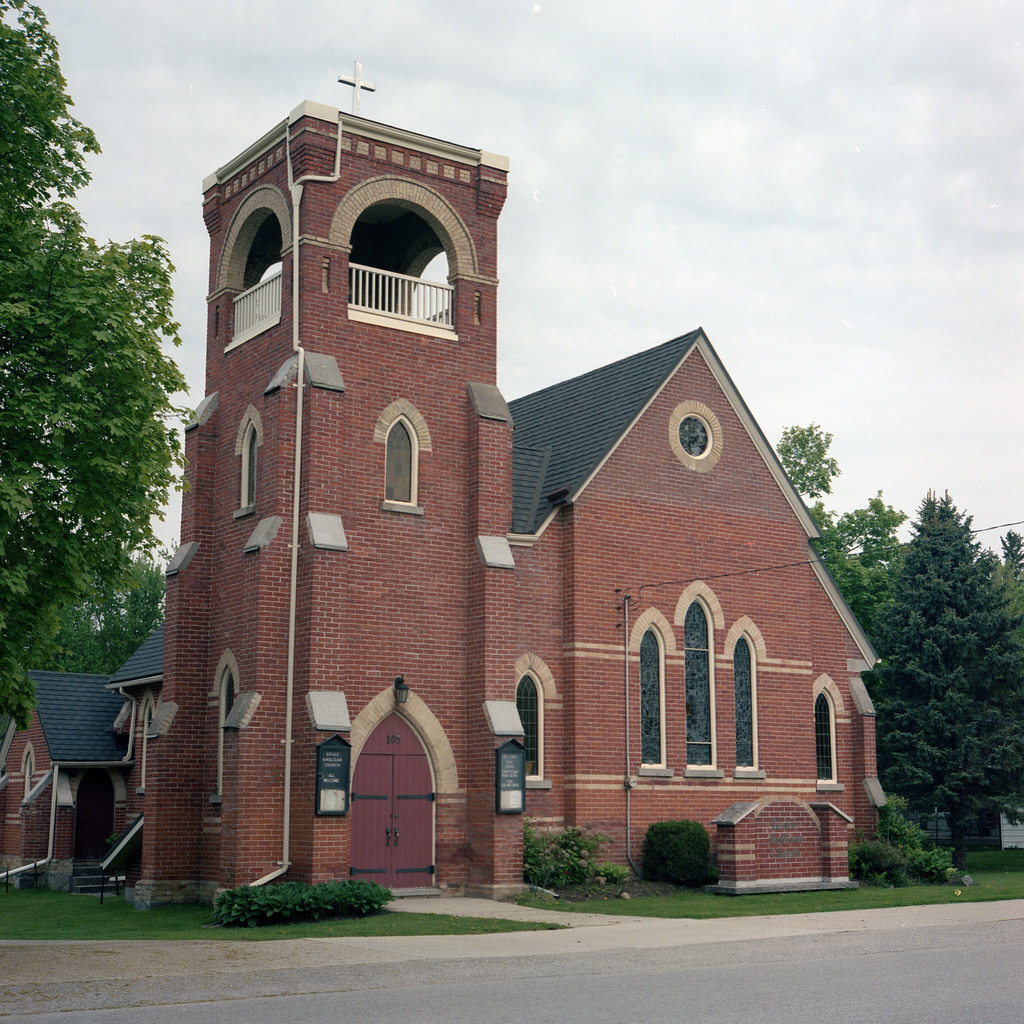



Eastman-Kodak Vision3 250D
Regarding colour film, other than Areocolor IV, the most affordable way to shoot colour is to go to the Kodak Vision3 series of films; of the four stocks available, my hands-down favourite is 250D. This lovely mid-speed film has a lot of latitude and does a beautiful job replicating colours. It isn’t weird like 200T or 500T that requires extensive colour grading and filtering to work in daylight, you get excellent results right from the scanner, and you can shoot it over or under a stop without any loss when processing normally. The downside is that it comes with a remjet layer, so only specific labs can handle that and the ECN-2 process. But you can get it with this layer removed or never put it in place during manufacturing.


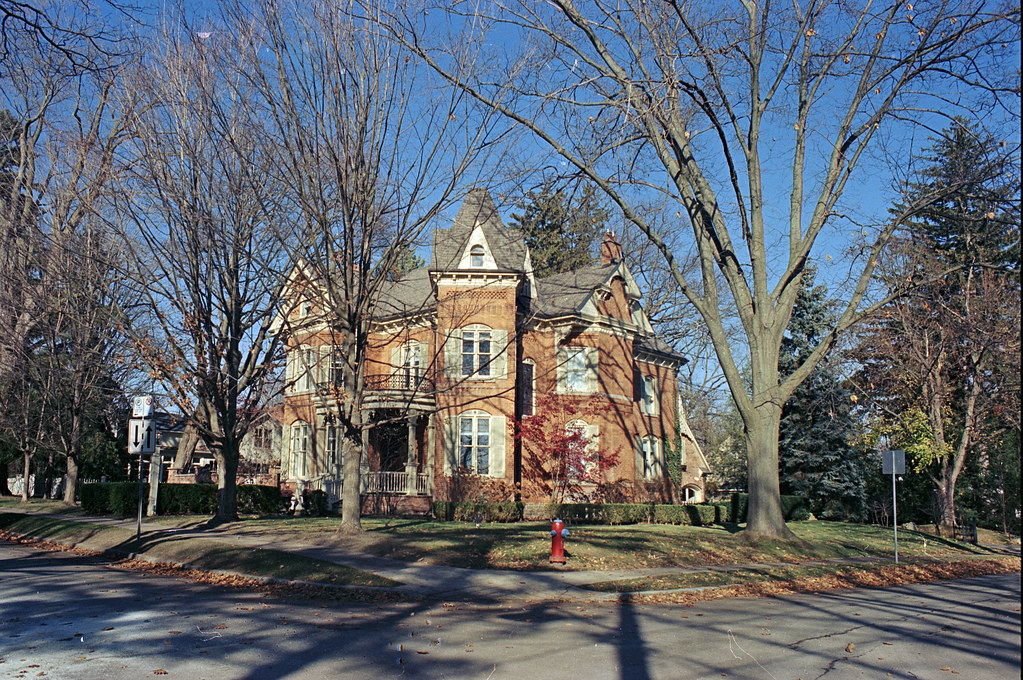

Kodak Ultramax 400
It was hard to figure out which film to fill this spot, it was a close match between Gold 200 and Ultramax 400, but in the end, it was how Ultramax 400 looked at ASA-200 and normally developed that sold it for me. But don’t just shoot it one stopover; it performed beautifully at box speed and one stop under. It’s the perfect well-rounded consumer film I recommend to new shooters over Portra 400. The problem is that supply is hard to come by, and the cost is rising. But if you do find it, you are in for a treat. I consider this film superior to Portra 400; the colours look better.
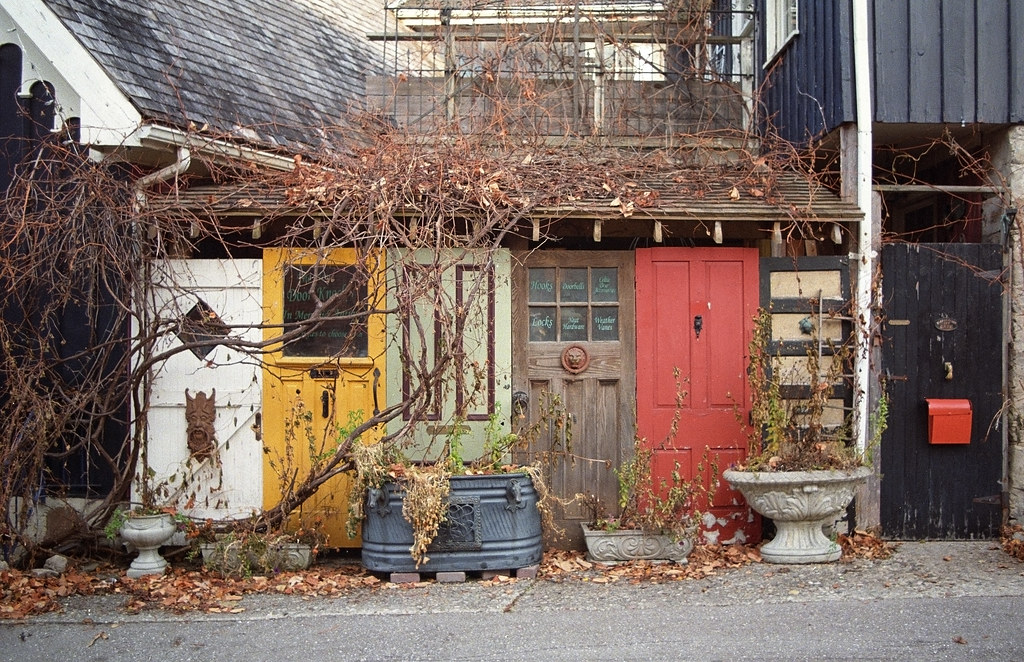
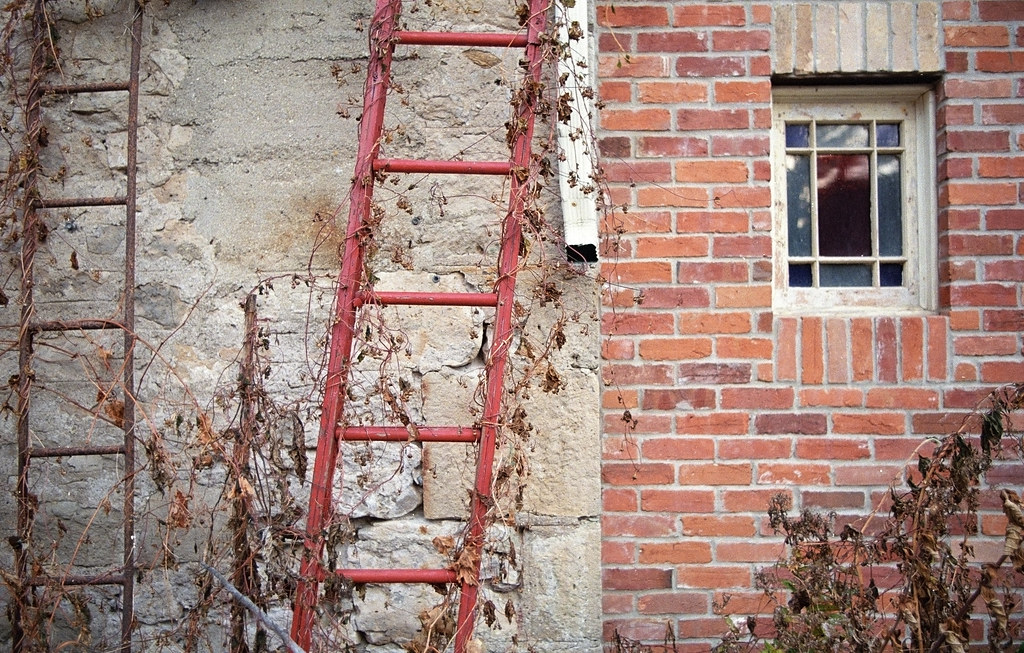
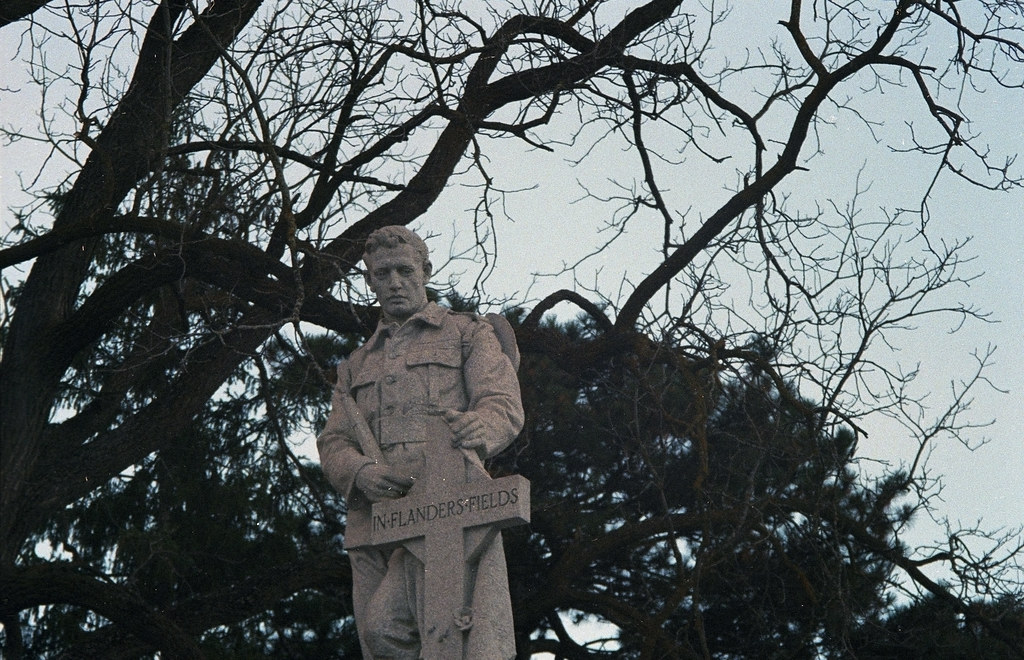

SantaColor 100 (Kodak Areocolor IV)
The “New” kid on the block, while it isn’t really new but rather newly available. Kodak Areocolor IV is designed as an aerial surveillance film that can be processed in either C-41 (Colour Negative) or E-6 (Colour Slide) because it lacks the orange mask that is a type of negative film. Plus, it is a fresh film and continues to be produced. The problem in the past has been that it can only be purchased in large bulk rolls, making it difficult for even home bulk loaders to split it down. Enter several companies who started rerolling this under various house brands. You have SantaColor 100, FlicFilm Electra 100, FilmWashi X, and Luminar 100. Plus, who knows how many others! This is a fun colour film that I can get behind as it produces a beautiful warm colour with plenty of latitude. It works best between ASA-125 and ASA-200, rather than the ‘box’ speed of ASA-100, which blows out the images.




Five Most Difficult Films
Sometimes there are films that are difficult to nail down. And while these aren’t bad films, I’ve just had trouble getting them to a point that I’m happy with the results. And while I have managed to figure some films out (see the next section), others continue to elude my efforts. Now I haven’t given up on these films and in some cases I do keep on trying to get results that I like out of them, but others I have given up on.
FilmWashi Type D
Washi D surprised me in a couple of ways, the first being that despite having a box speed of ASA-500, the images are fine-grained and sharp. Probably because this is a surveillance film stock that is designed to give exacting details for intelligence agents. The second is how crazy the images got when you added a yellow filter. With a deep yellow filter you get dramatically dark skies and even a pale yellow there is significant darkening. That said, this film drove me crazy with the paper thin emulsion that I ruined one roll and nearly ruined a second. It also does not handle overcast conditions, strange for a 500-Speed film and dislikes HC-110/Ilfotec HC. Although in the case of Ilfotec HC, I think I could have extended the development at least a minute and a half to help bring out the shadow details. That said, Type D is no longer available as it is sourced from Russia and since the illegal invasion and ongoing war in Ukraine is not sold by Washi.
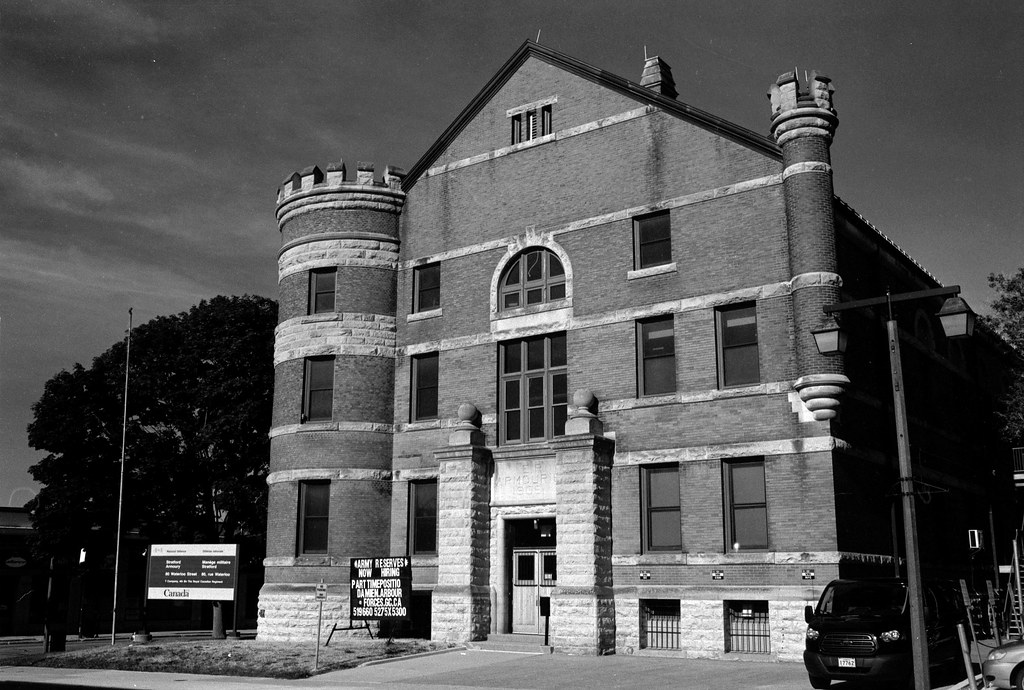


Agfa Copex Rapid
Of all the films I have faced difficulties with, Copex Rapid is the one that I certainly will want to try again. The problem is that the film itself can be difficult to source, but the real trouble is the dedicated developer cannot be found in North America and costs a lot of money and will take a long time to ship from Europe. And the type of photography Copex Rapid is aimed at I don’t practice. But it does perform well with regular developers under bright conditions. This is a fair weather film, it loves bright sunlight, and needs exacting exposure.




Adox CMS 20 II
I caught a lot of flack for this film stock, CMS 20 II is a closed imaging system, which is to say it works with only one developer, Adotech IV. Now I’m not one for a closed system, especally with a B&W film, so I wanted to try and use other developers. Also it was near impossible to get bottles of Adotech IV when I completed this review. Now I did get workable results from most of the developers I used, D-76, Rodinal, and Pyrocat-HD. The best results I got are from TMax Developer. I did go back and revisit this film twice, once with Adotech IV and again with the Adox Scala Reversal Kit. In both cases, I don’t know what happened but I could not get results good enough for publishing. Unlike some of the other films on this list, I won’t be trying CMS 20 II again.

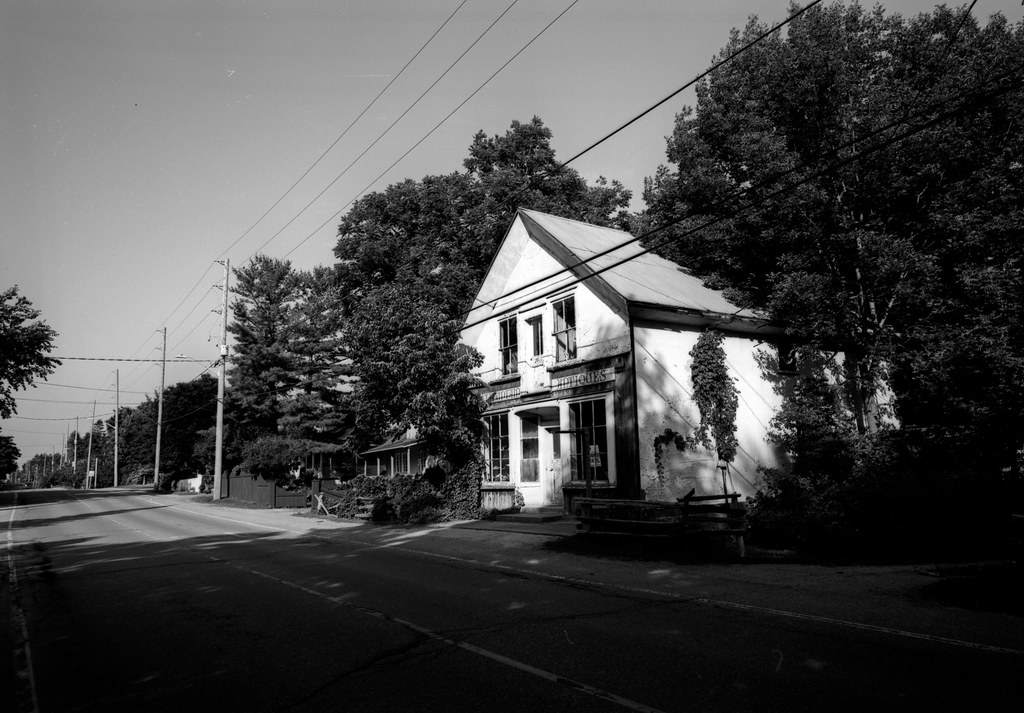
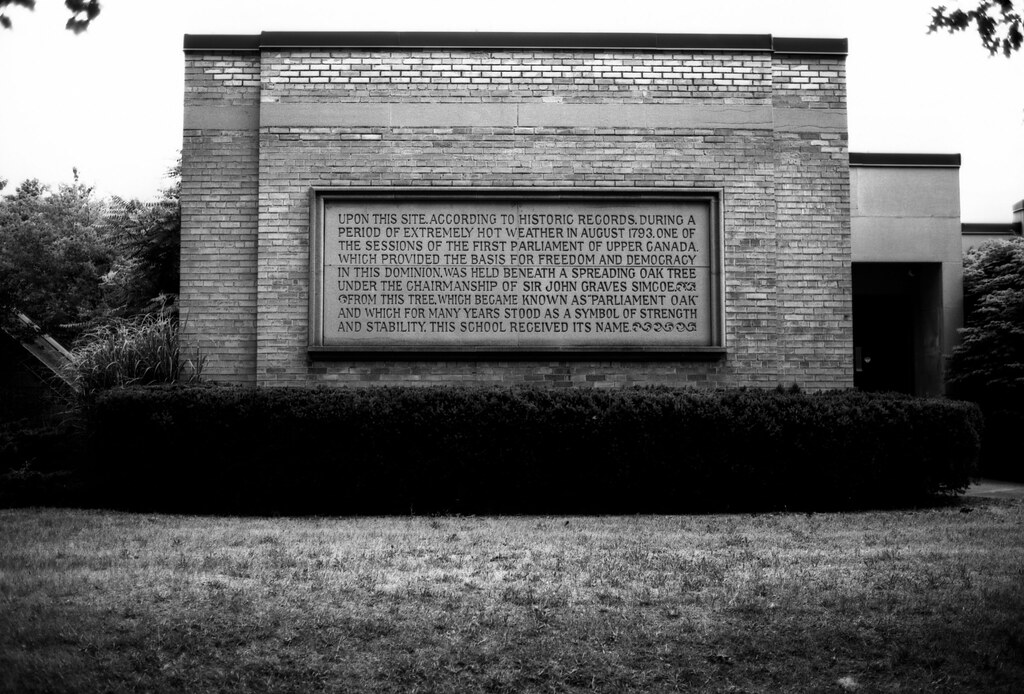
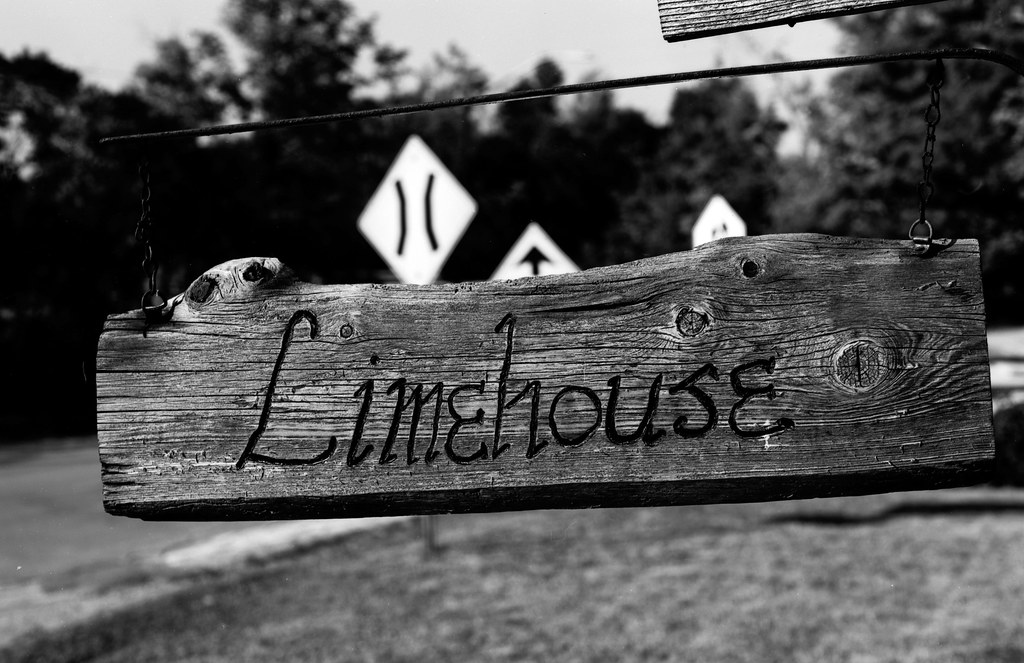
Svema Foto 200
There are a lot of people who feel this film is special, and they aren’t wrong. It’s a wonderful film that provides amazing tonality and excellent sharpness. But it comes at a cost, there is way more grain with this film than I would expect from a 200-Speed film! Surprisingly it works best in Rodinal, and has less-visible grain than the other developers I tried it in, it also responds well to Kodak Xtol. But the real problem I have with Svema 200, is getting it loaded onto the reels. The paper thin negatives buckle at the slightest resistance and when working in a change bag, it heats up quickly and you get the film sweats. I don’t have a need for Svema 200 in my current photography so I won’t be returning to this film.

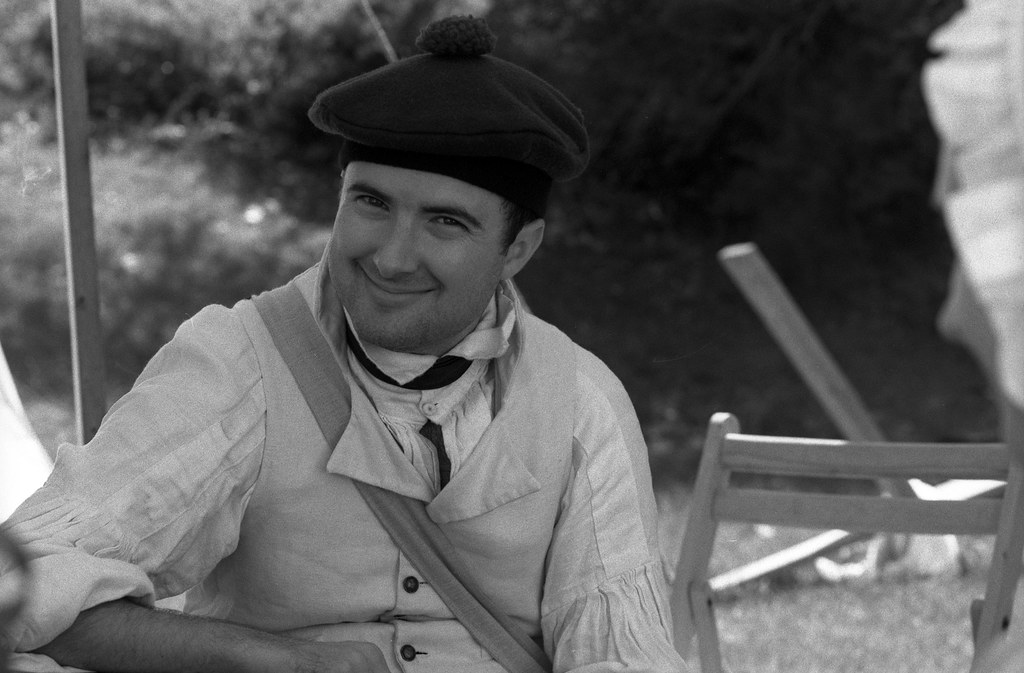

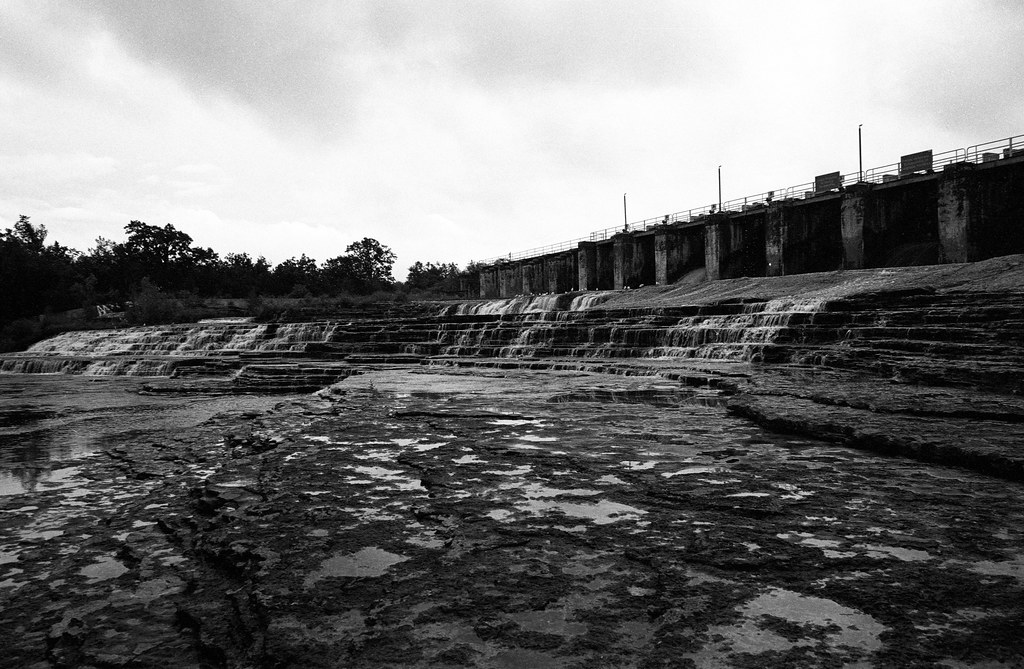
Foma Retropan 320
I really wanted to like Retropan, I think this film has a lot of potential to fill in a gap that is just enough different from Fomapan 400, but I can’t get around the fact that the contrast is far to low in most developers! To get the best results, you do want to add some filtration and use the dedicated Retro Special developer. But once you start straying, you start to see a lot of muddy grain, displeasing low contrast, and an overall softness. It even didn’t play well with Pyrocat-HD, and looks ugly in D-76 stock. I think it would do well in a high-contrast developer like LQR or D-19, but again, I don’t see it a worthwhile effort when I have better results from Fomapan 400.



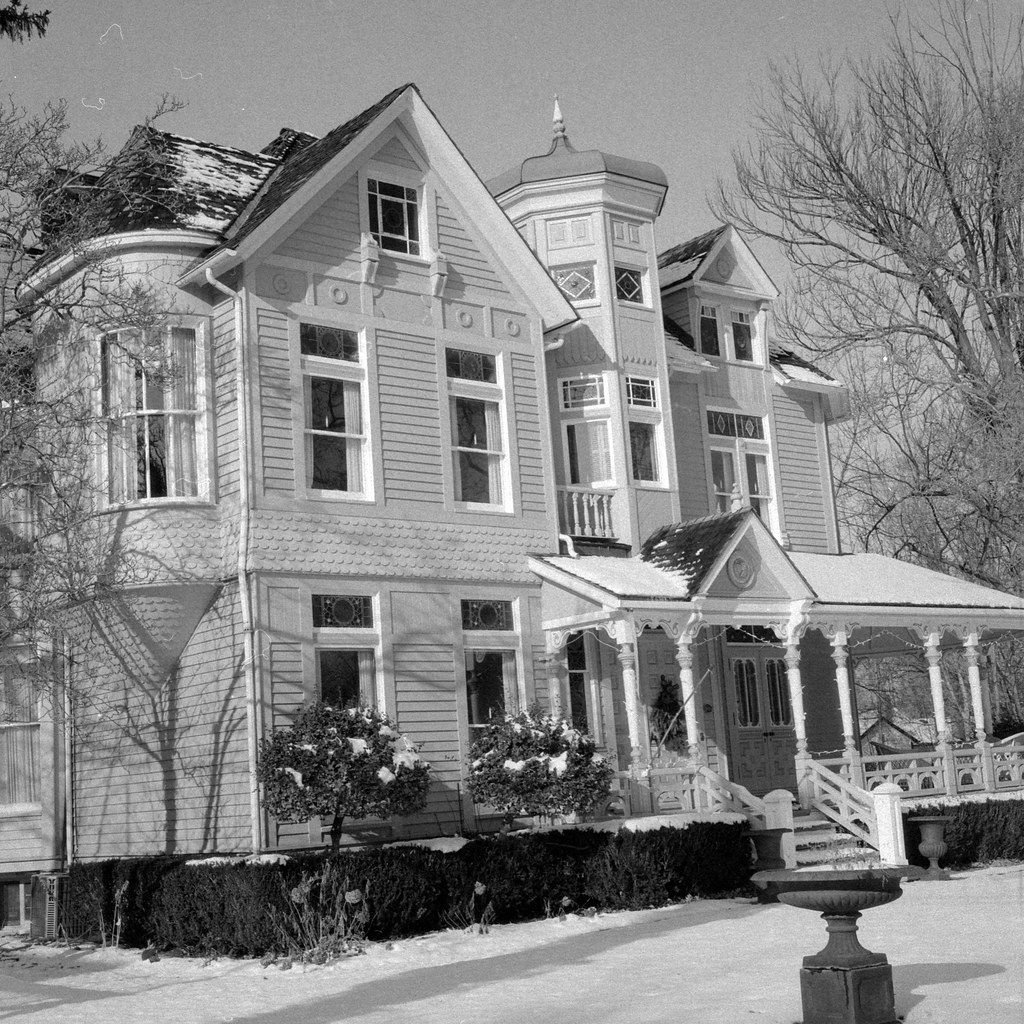
Redeemed Films
I honestly have a drive to find the right way to shoot and develop a film. It might take a bit of time to discover the right combination to get results that I like, but it can be worth it and you discover a film that will work in odd situations or to give a look of yesteryear that isn’t possible with modern film stocks.
Fomapan 400
Foma 400 is an interesting film. When I first heard about it, the film was not given the best reputation. Gritty, Grainy, Mushy. But when I reviewed the stock I saw that it had some potential. It took a lot of work to figure out how to get the best results from Fomapan 400. Some will say that it is not a true 400-Speed Film, but I do disagree with that statement now. Fomapan 400 is a beautiful film when shot at either 400, 800, or 200 and every point in-between. It’s all about shooting the stock at the right speed and developing it right in the situation at hand. Fomapan 400 is a true classic film, it looks like the Tri-X of the 60s and 70s. Works well with high-contrast developers, compensating developers, and yellow filters. You can pick this stuff up in 120, 35mm, and sheet films. Along with various boutique and budget rebadges.
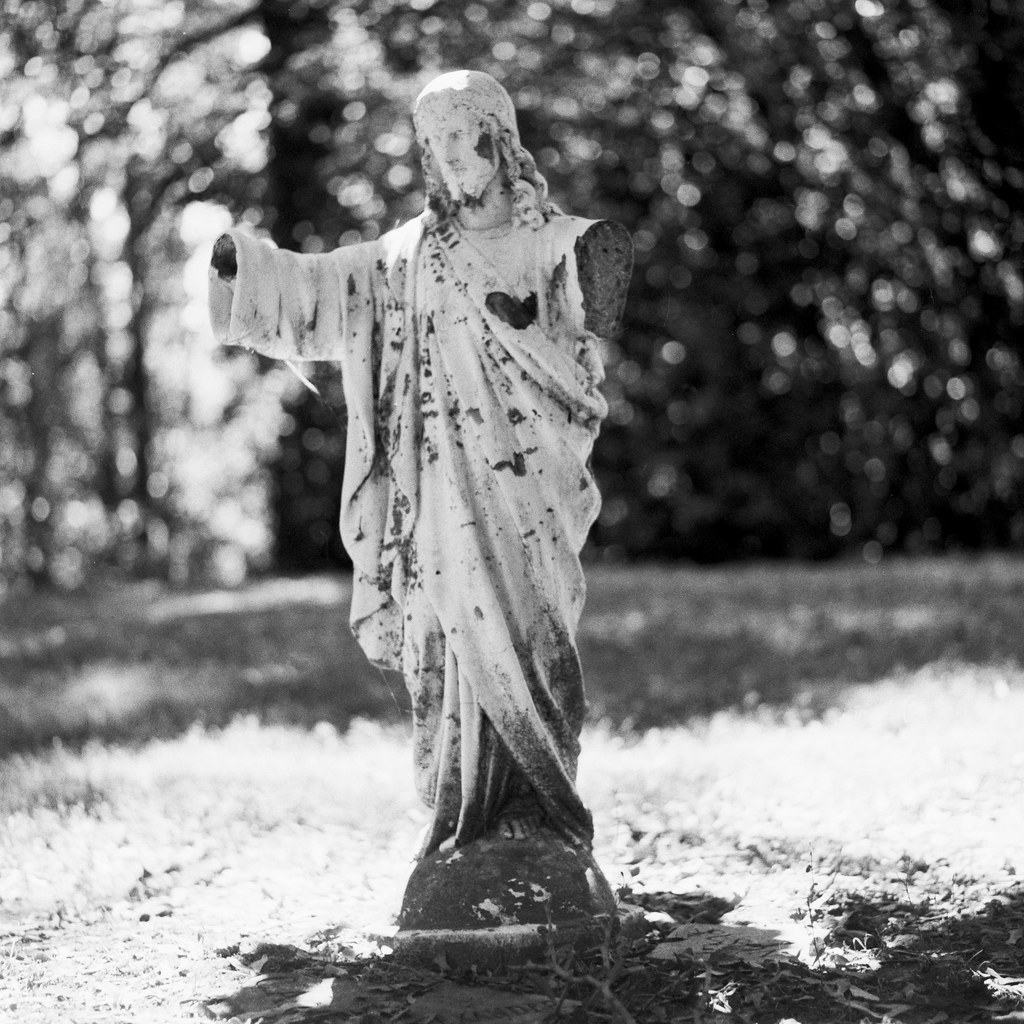

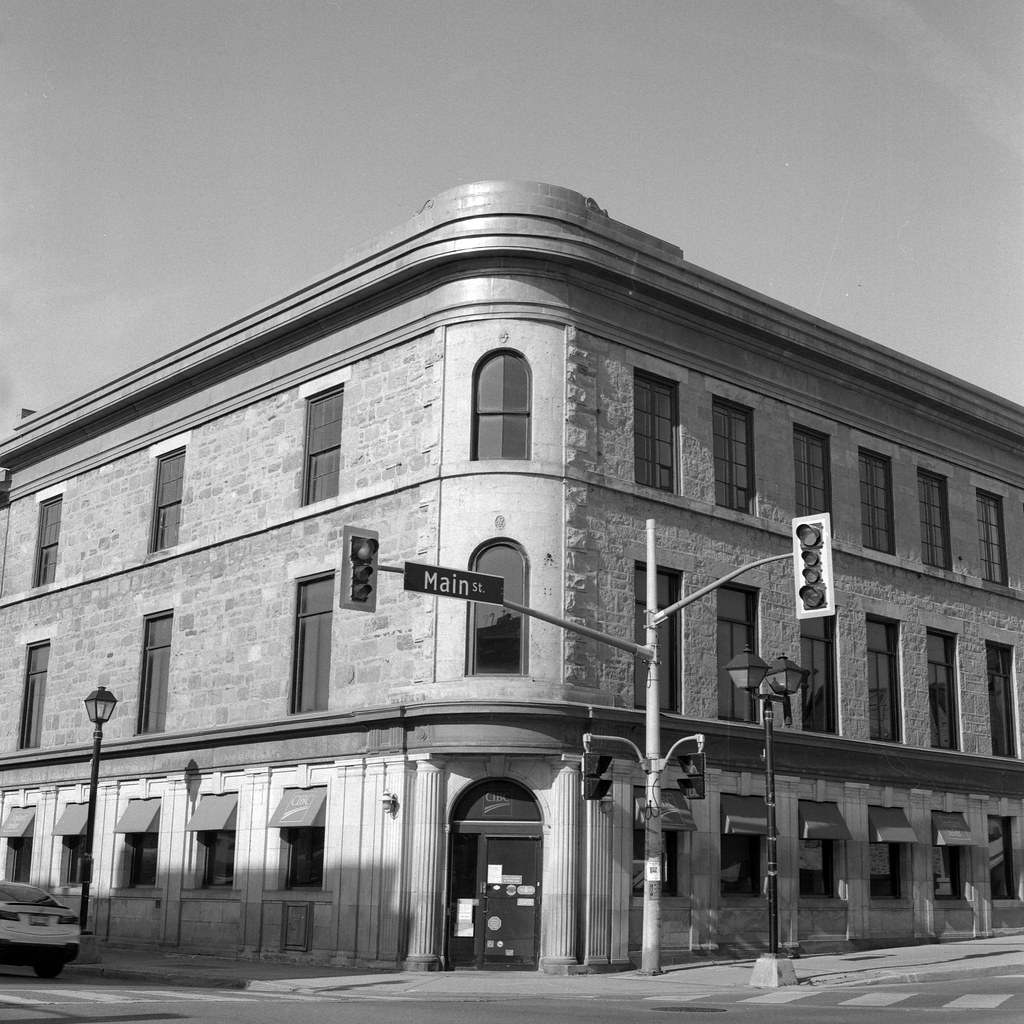
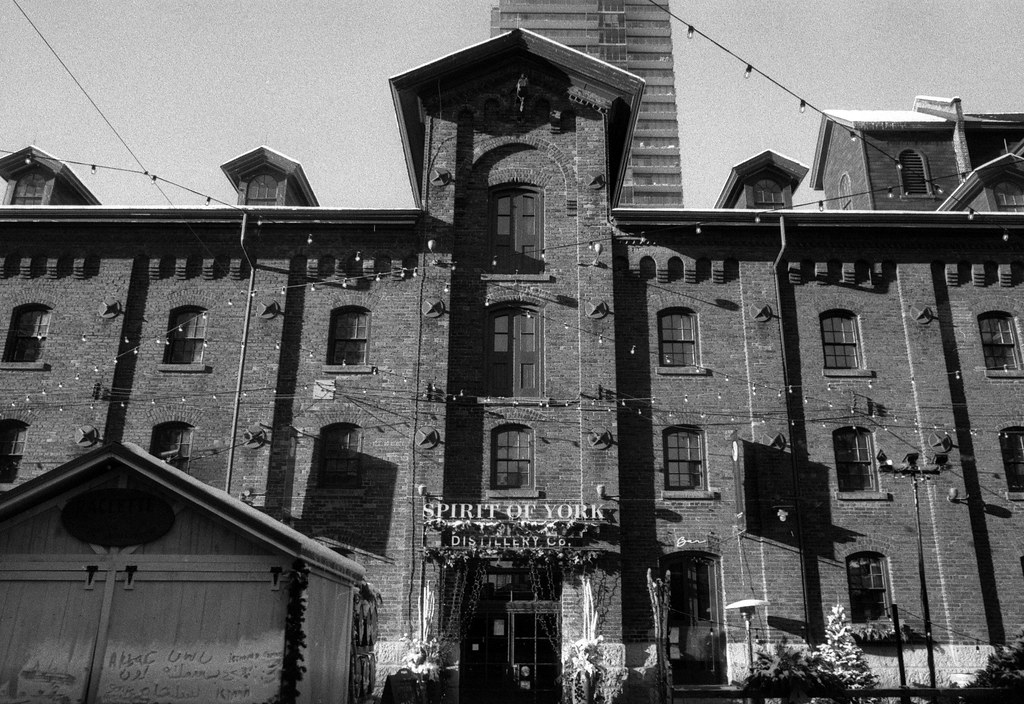
FilmFerrania P30
Instead of releasing a slide film, FilmFerrania released a rather unique B&W film. P30 was a film that baffled me for a long time, a tough nut to crack. But I had to figure out the best conditions and development for the film. Then there was also the slight difference between the original Alpha release and the full production film stock. A delightful film that certainly gives a unique perspective. It loves light and medium contrast conditions, works best in run of the mill developers like D-96 and Xtol clones. While I haven’t used the film in 120, I do plan on using it in that medium. Although if I had to choose between P30 and the newly released ORTO, I would pick ORTO.
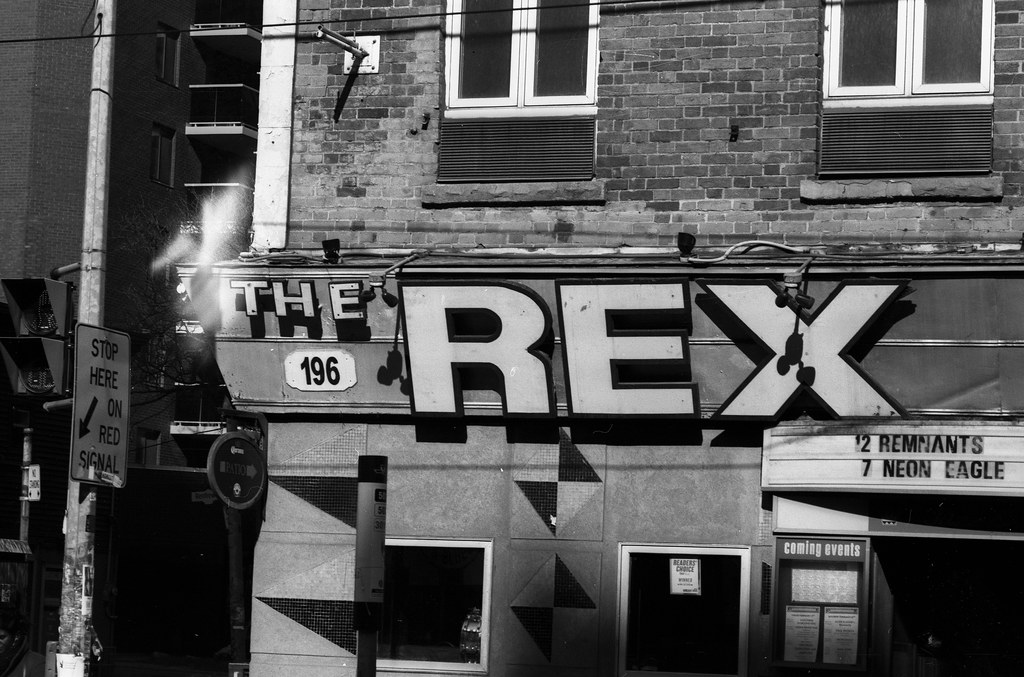



Kentmere 400
When I first reviewed Kentmere 400 I disliked it more than Fomapan 400. This was an ugly film, gritty, grainy, and mushy. But after Ilford released the film in 120 I started to get into the film a lot more. A budget friendly fast film that isn’t Fomapan 400, and Kentmere 400 has a different look and feel. Like Foma 400, Kentmere 400 is a film that you need to develop and shoot right to get the best results. Compensating developers are a must, Tmax Developer, Atomal 49, and Studional (R09 Spezial/Hydrofin). And also, don’t try over-exposing the film, it just goes grey and not in a good way. But you can push it a couple of stops and see some excellent results.



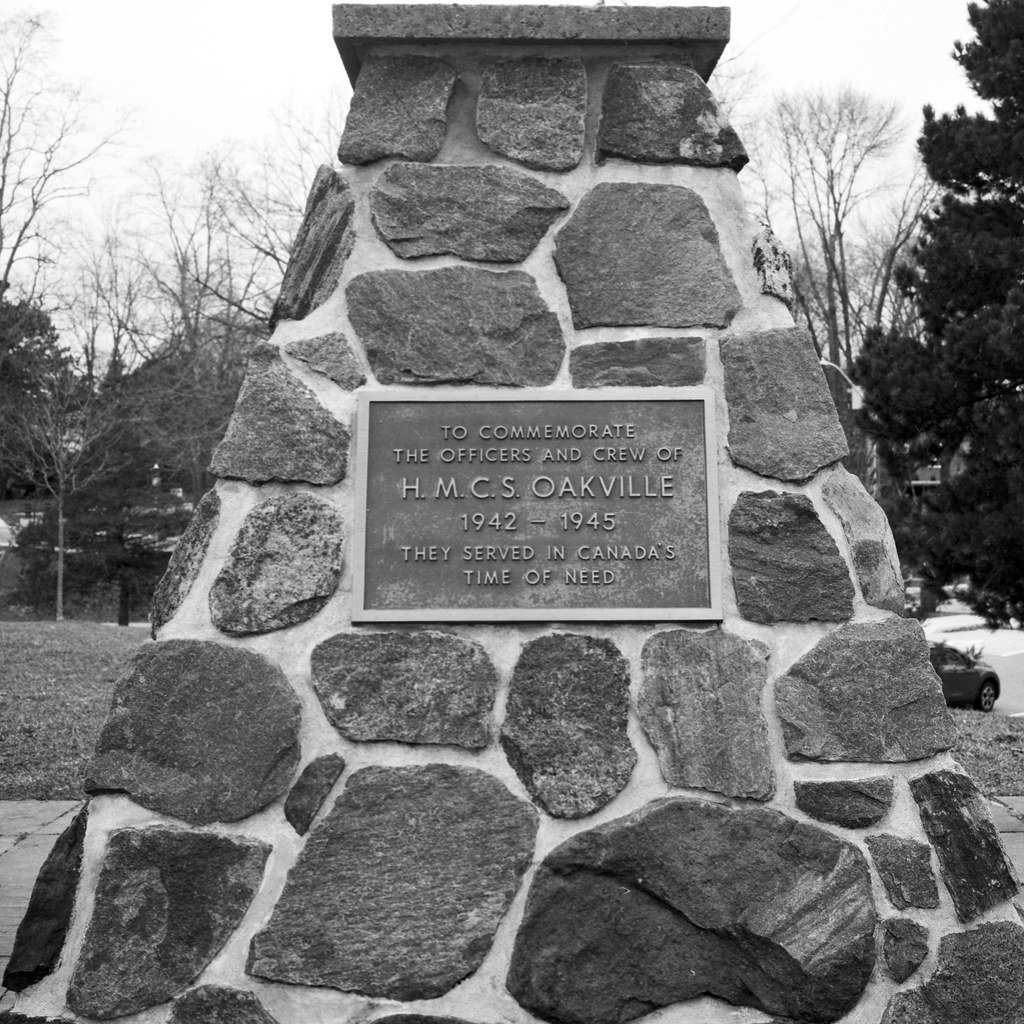
Fomapan 200
While I warmed up to Fomapan 400 it took me a lot longer to get used to Fomapan 200. I still don’t think I’m 100% there with Foma 200. But I’ve always disliked most 200-speed films. But I’m certainly on the right path with Fomapan 200. The trouble is that it likes exotic developers, Pyro-Based, HR-DEV, Atomal 49, and others. My opinion of Fomapan 200 has certainly improved and it is a capable film I just haven’t figured out the right spot for where I like the stock. I guess I still have a way to go with this film, but maybe using it on a Frugal Film Project cycle will help out?
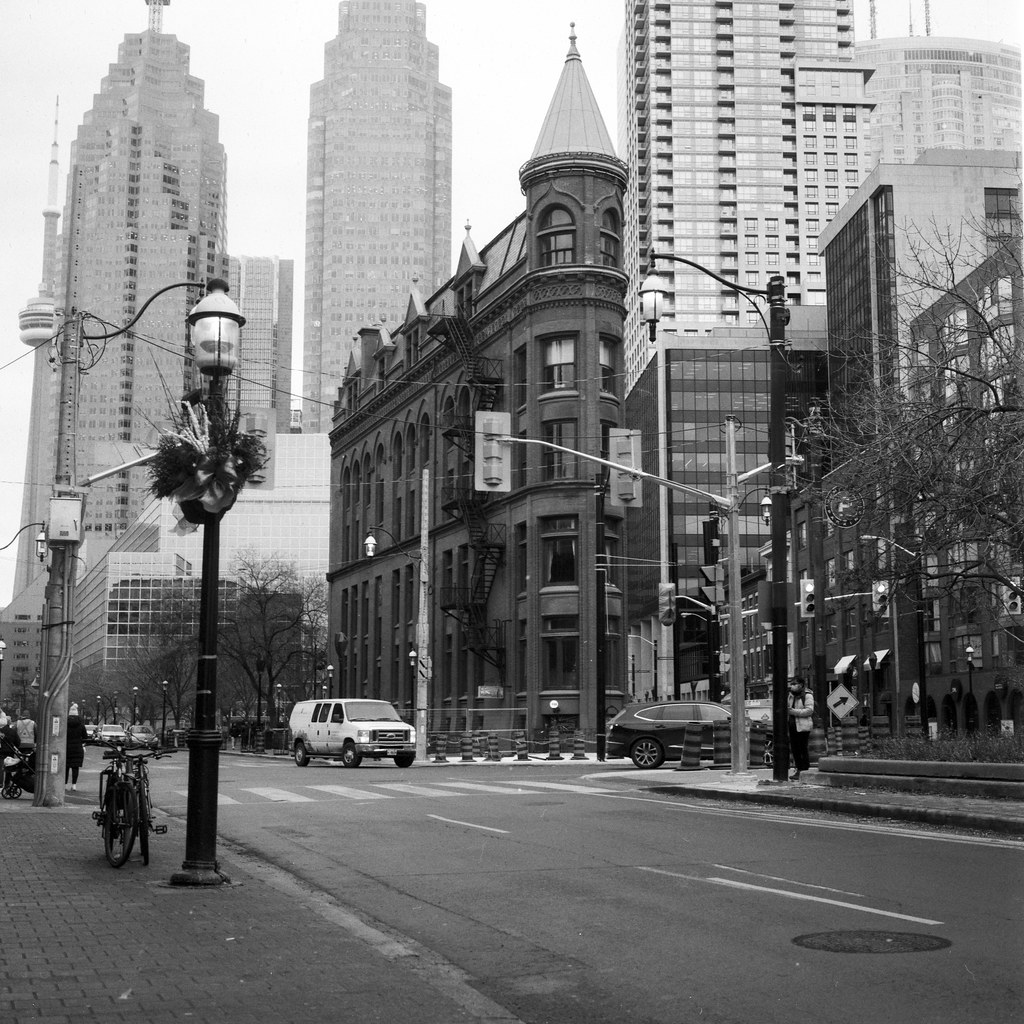

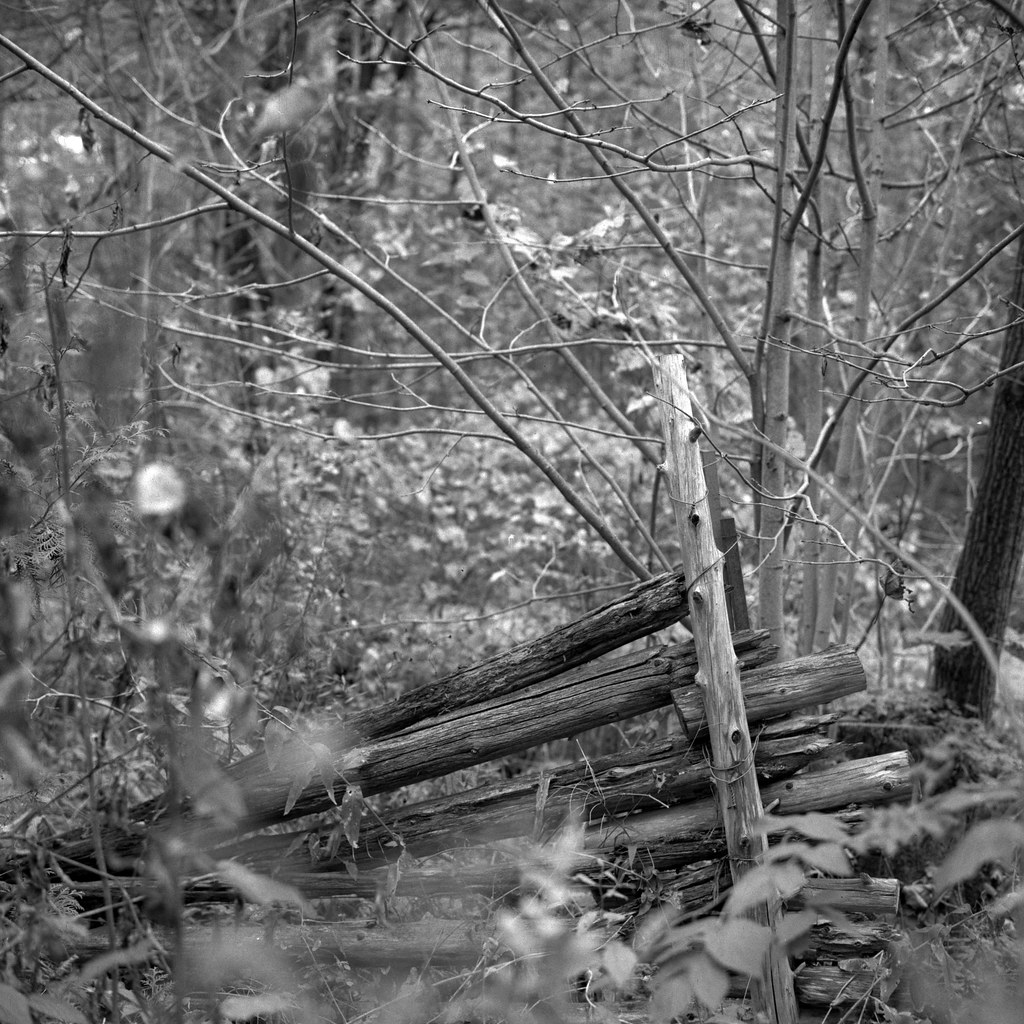

Rollei Superpan 200
Here’s another 200-speed film, Superpan 200 is an interesting film stock that has a lot to offer. It has a unique look and feel that extends into the near-IR range. While I haven’t tried it with a dedicated IR filter, but it looks amazing under a red filter and a high-contrast developer. Like Fomapan 200, it took me a while to get to know Superpan 200. It all started with a stand development in Rodinal. Now I’m not big on stand-development, but it gave me a starting point for what I want Superpan to look like. Then it was a matter of building from there, will it be a regular choice, no, but I at least know how to get it to the right spot.




Well that wraps up the first 100 reviews! Here’s to another 100 reviews, but it may never reach that number. Sadly unlike cameras and lenses there is a finite number of film stocks out there, but hopefully I can at least get up to 150? And I do want to get my hands on more discontinued and expired film stocks to fill out some more reviews. Plus I have some ideas to add secondary reviews for film stocks already tested. Until then you can find a complete list of my reviews over on the dedicated page.
Alex – While I haven’t shot any Adox or Agfa films, most of your list meshes with my own go-to list (250D is seriously underrated on social media). I wanted to mention that when I shoot Fomapan 400, Kentmere 400, and Double X, I usually expose all of them at 1600 with a yellow/orange filter in sunlight (+1 comp. for filter, so effectively ISO 800), then develop each in HC-110 B. They all look fantastic with a contrast filter – sharp and pleasingly grainy (at least in 120 or larger) and worth the 1-2 extra stops for fast-moving children.
Congratulations on the milestone! When I was learning film/photography your blog has been – and still is, as I’m getting out of the beginner zone – an immensely useful compendium. The fact you take the time and do the extra effort of giving each film and dev a fair shot at a few film-dev combos is also very valuable and appreciated. Thank you! With affection, from a Montréaler in his twenties.
Foma 200 was (chosen randomly) the 2nd film I ever shot, and I loved it ever since. To my eyes it has retro-ish tones but modern grain and relatively decent accutance. It’s a 160-speed film that doesn’t push well, but I find its hybrid grain structure pleasing. Shooting it at 160 renders vivid scenes with smooth contrast, and setting the meter to 200 brings out some more contrast, all on the same roll and dev’d for EI 200. Ultrapan 100 (secretly Foma 100?) can be pushed to higher speeds and has better tones at box speed, but feels less sharp. I dunno maybe I’m weird!
Svema 100 is also an astounding film, with basically no grain even in Rodinal – almost like a 50-speed film in a fine-grain developer. But as with Svema 200 in your list, boy is it a process to load. I’ve gotten many emulsion marks from creases forming.
Regarding CMS 20 II, I’m working on a trick that could, if I succeed, allow skipping Adotech altogether to yield good negatives with more shadow detail than with D76/Tmax devs (the trick works with Tech Pan so far without Technidol). I’ll try to find a place to put it out there if I settle on a method.
OK I’ll stop rambling, it was great seeing this overview of your highs and lows in film reviews!
Wow, what an amazing summary. Thanks for going to all this work and presenting your results.
I still have about 20 rolls of Panatomic-X in 120 size in the freezer and am very slowly using them. They still look great but are 30+ years old, so I need to use them up.
Keep up the great work!